PE: There’s a Better Way
November 2, 2016
Any sophomore or freshman will tell you the same thing- PE is never taken seriously. This is a pretty big problem; the reason Physical Education is even in schools in the first place is to make sure kids get enough exercise to stay healthy. And although it has been widespread in schools since the Civil War, never have we had a greater need for mandatory physical education. With an increase in technology and cheaper, less healthy food, over the decades, we have increasingly been living a less active lifestyle, leading to the problem of obesity- having excessive body fat due to caloric imbalance. This is basically when you don’t burn enough of the calories you take in. Childhood obesity has quadrupled in adolescents over the past 30 years, and makes youth more likely to be at risk for cardiovascular diseases, type 2 diabetes, stroke, many types of cancer, and bone and joint problems. All of these problems can be offset by a decent diet and the right amount of exercise.
Exercise also has been shown to stimulate brain chemicals that make you feel more happy and relaxed. It can strengthen your body, improve your endurance, give you a boost of energy, and promote better sleep. Overall, exercise is something everyone needs in order to live a healthy life. That is why physical education, implemented early in a child’s development, is good. PE during elementary school and even middle school can encourage healthy habits and introduce kids to sports they will pursue later in their adolescence. But once high school is reached, PE becomes different. Or, should be different. Exercise is very important, but high school PE classes don’t do their jobs very well.
As someone who takes part in TL cross country, I workout five days a week, and can be pretty tired during school days from practice the day before. That’s why it’s very hard for me to take PE seriously. When I’m told to run a mile in class, I don’t want to try. I know I can run a mile, but why should I put in effort when I know I’m going to do so much more at cross country practice only a few hours after PE? A hardcore biker, Sawyer Taylor, expresses her opinion that it doesn’t help with training, and can in fact interfere with training. “PE is four hours of my week that I could be spending focusing on my specific training which is harder, more fun, and hopefully a part of my future. Or, I could spend this time doing academics and homework and biking later, to be less stressed and get more sleep.” For a soccer player, it can be annoying to spend hours in class being taught how to do things they’ve known how to do well for years. That time really isn’t needed. And as for exercise? You get more exercise taking part in a full-time sport than participating in a PE class. At that point, many of the benefits that PE offers don’t apply anymore. If you already get enough exercise to stay healthy, you shouldn’t have to attend a class for four hours a week attempting to do the same thing, which is why time is such a problem for many athletes. It’s difficult to fit in any other activities besides homework on weekdays. If athletes were excused from PE, the extra time to work would make a huge difference.
Even for a student like Haley Mariotti, who doesn’t participate in an organized sport, PE is a huge inconvenience. Most of the time, you’re forced to do a sport you don’t enjoy doing, or you have to do mindless, boring exercises to get your heart rate up. Much of PE time is spent walking around the track, or waiting for other students to finish. We take tests on things we’ll never remember nor need for the rest of our lives. When asked if she takes PE seriously, she responded with, “No.” “PE is weird because it doesn’t appeal to every skill. For some people it’s too easy, for some people it’s too hard.” When talking about alternatives for PE, such as Adventure PE (offered at rival school SR), cup stacking, or even a class that just expanded on your after school sport, she got significantly more excited about the prospect. “I like the idea of yoga,” she said. “Meditation would be really good for a bunch of stressed out high school students.” Needless to say, every student thinks there should be a change.
Many other schools have come up with better ways of helping students get their exercise. For example, our competing high school San Rafael has a number of PE programs through which students can receive credit. One option is “Night PE”, where students arrive at school in the evening to participate in a regular PE class. At night, it’s cool so nobody will be passing out from running a mile in 100 degree weather. Also, it frees up a period earlier in the day so a student could have a break from school. Another alternative is sailing. San Rafael High School is conveniently located across the street from a dock. That way, the students are free to go sailing and earn their PE credits that way. There’s also Banyan, which combines English and PE. Banyan is a double period in which students have English and then the next period, they walk over to the PE area to exercise. This way, the students have all the same classmates for both periods and there’s more bonding. Furthermore, the students get to go on field trips where they take long, beautiful hikes around Marin.
Other schools give PE credit for sports. If you don’t want to take the class and would rather exercise in a way that is better for you, you can do an outside sport or activity and get credit for it. Other competing Marin schools, such as Branson High School, Marin Academy, and Sonoma Academy offer this. This is probably the most favored alternative, as it allows students to participate in a sport of their choice while receiving credit. Some schools only give credit for varsity sports, while others give it for any sport after school. Sometimes they offer an athlete’s study hall instead of the designated time for PE. This results in more free time for the student, team spirit and bonding, and a sense of pride for their school. Even at a school like Drake, instead of one giant, cumulative PE class, there are PE electives. In this way you aren’t forced to do every sport, but can do something you like.
When interviewing Lorie Durkin, a PE teacher here at TL, she admitted that the reason our school district can’t really change the way PE is is because they have to adhere to the California state standards, as a public school. These standards require students to have some knowledge of every sport. Private schools can do whatever they want and therefore are able to offer PE credits for sports, or not even require PE to graduate at all. However, Durkin added, PE teachers would be open to PE electives if people signed up for them. The problem with this is that the school can only offer a limited number of electives, so creating one PE elective would take away another elective, from say Ceramics, or Drama for example. Any change would have to be made higher up than just the PE teachers.
When PE is just a time-sucking class with little relevance to many students, it’s no question that it shouldn’t be mandatory for everyone. It’s as simple as this- if you participate in a sport, you shouldn’t have to take PE. If you don’t have the right amount of exercise outside of school, you should have to take PE, in order to stay healthy. But PE shouldn’t be a disliked and poorly run class for non-athletes either. Many schools realize this. Even Durkin mentioned that the way PE is right now might not be ideal for athletes. She said that a big improvement would be to put PE classes for athletes at the end of the day, during sixth or seventh period, so if they had a game or a race they wouldn’t have to miss academic classes.
This is because PE is not about forcing a bunch of high school kids to walk around the track or giving them quizzes on how to score tennis, but it’s about keeping them healthy and having them enjoy it. And they shouldn’t have to give up valuable time, that could help them academically or socially, when they are already meeting the healthy standards.
PE shouldn’t be a burden, or a joke. It should be a class that serves it’s purpose, that people take seriously. But when it takes up four hours of your week, that could be spent doing homework, doing extracurricular activities, or just hanging out with friends, it can become a class you actively dislike. In order to stay healthy, you need exercise. But that doesn’t have to be in the form of a class that teaches things most people already know. There’s less incentive to do a sport and it wastes a huge amount of time that the student could be doing chores, homework, volunteering, studying, etc. Our current system leaves students unhappy and exhausted. For athletes, physical education should not be mandatory. PE needs a change.

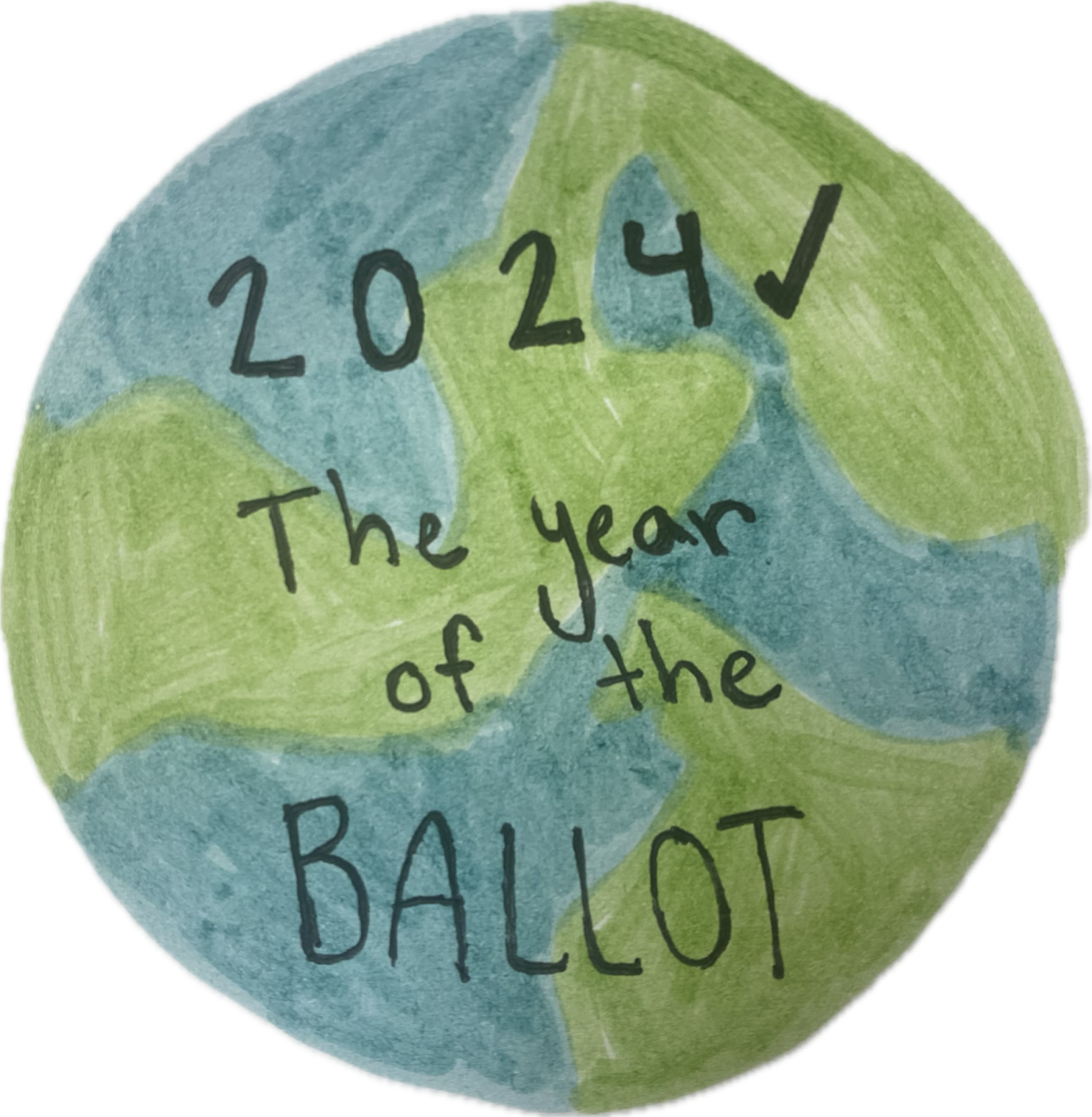
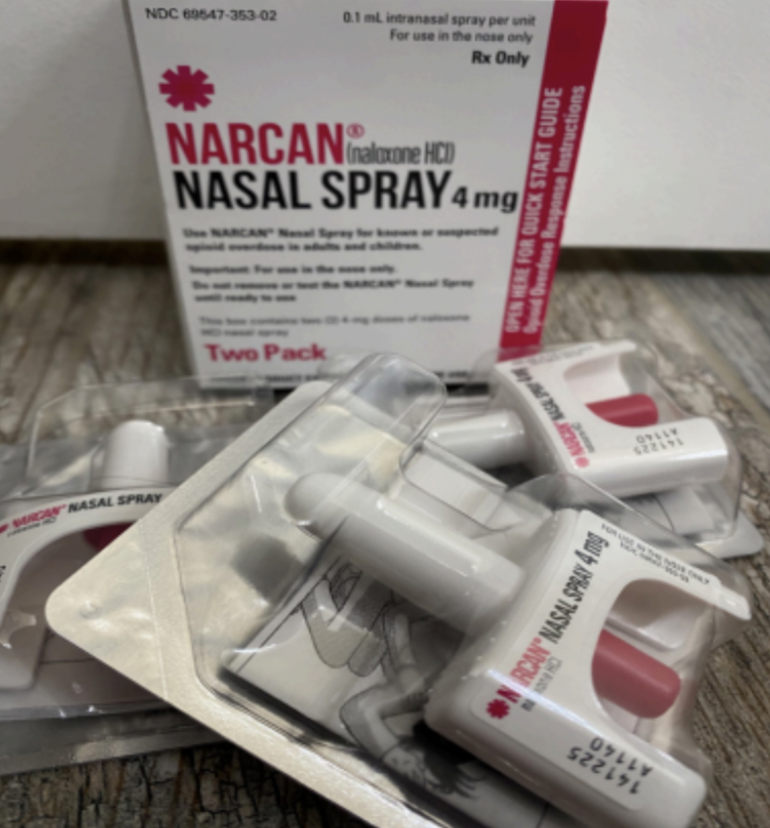
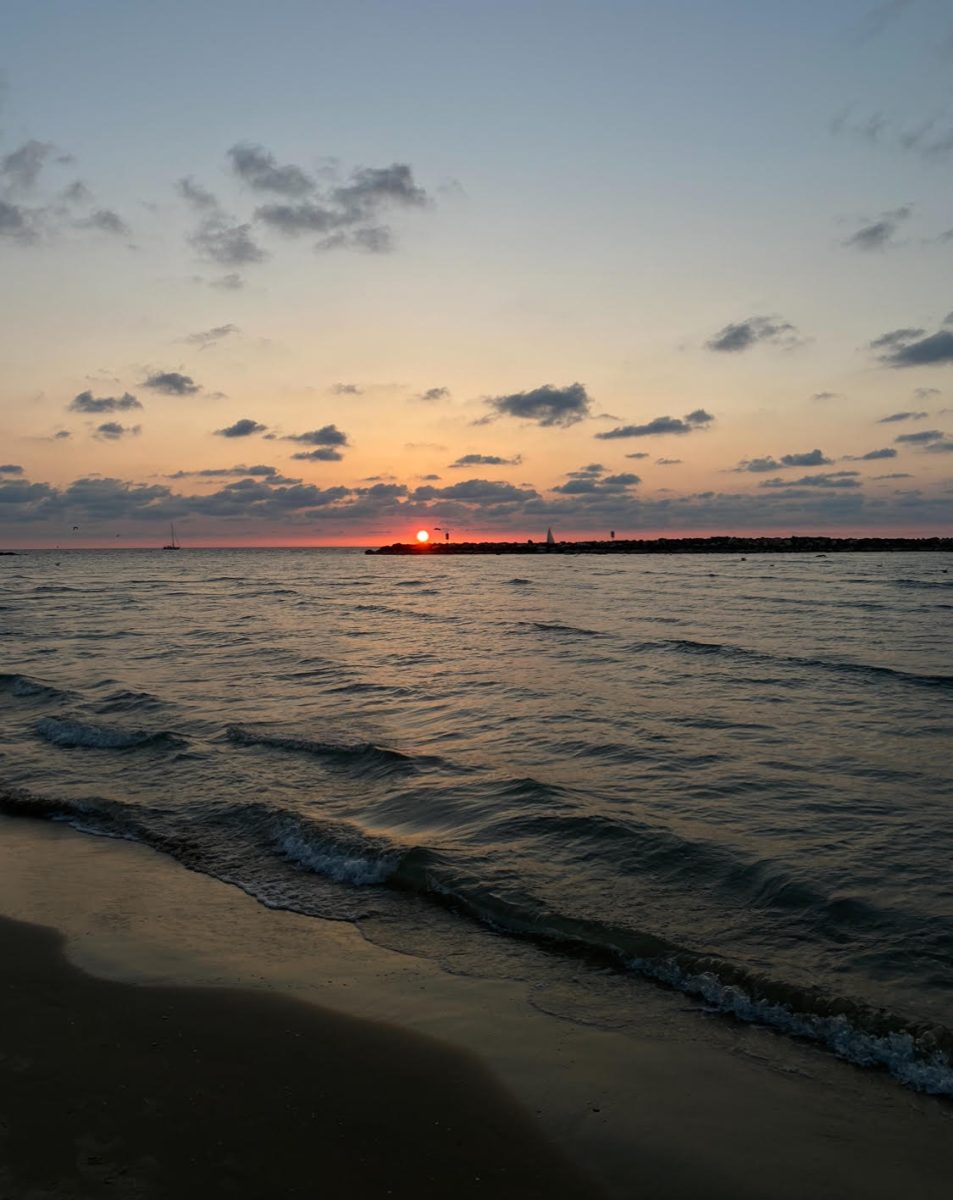
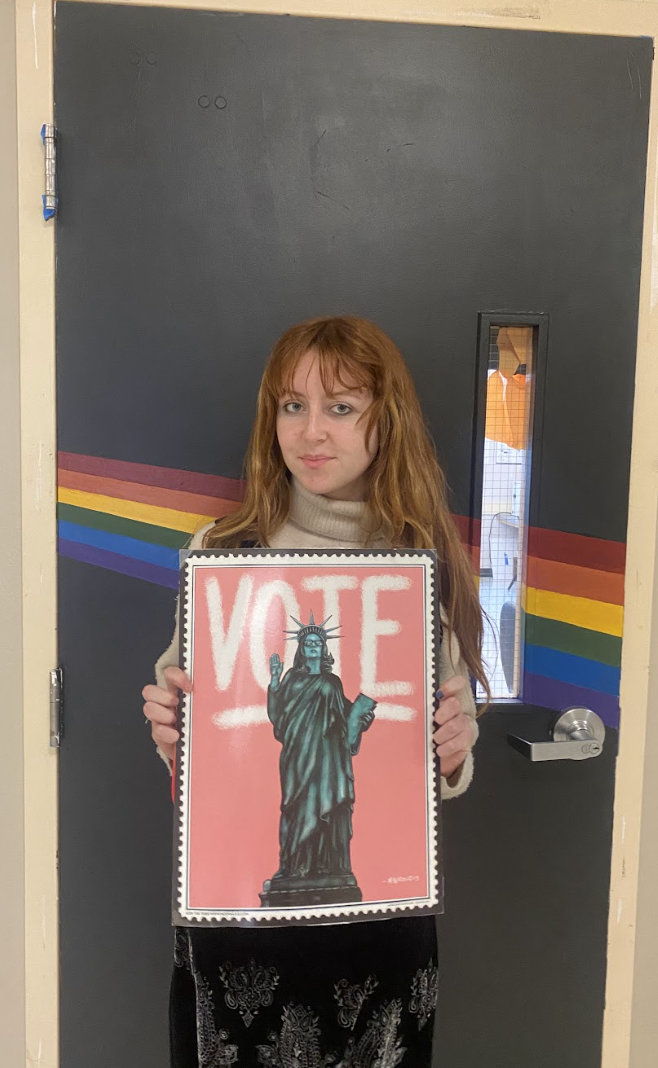
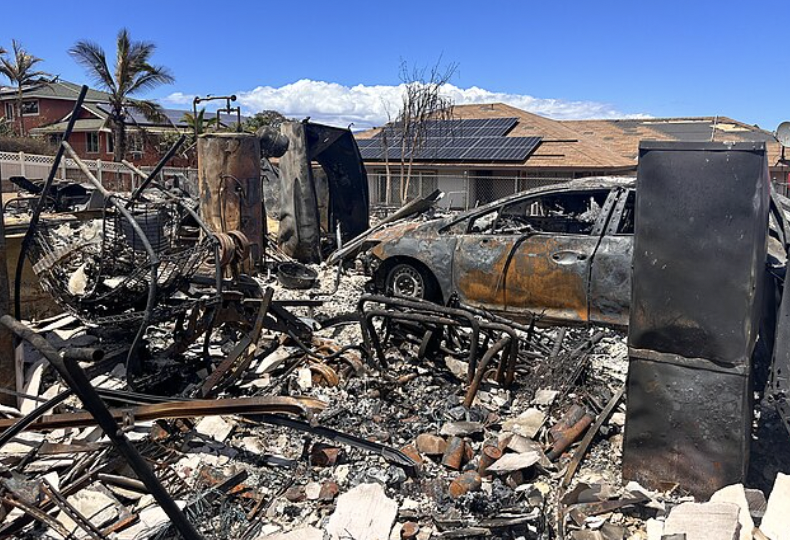
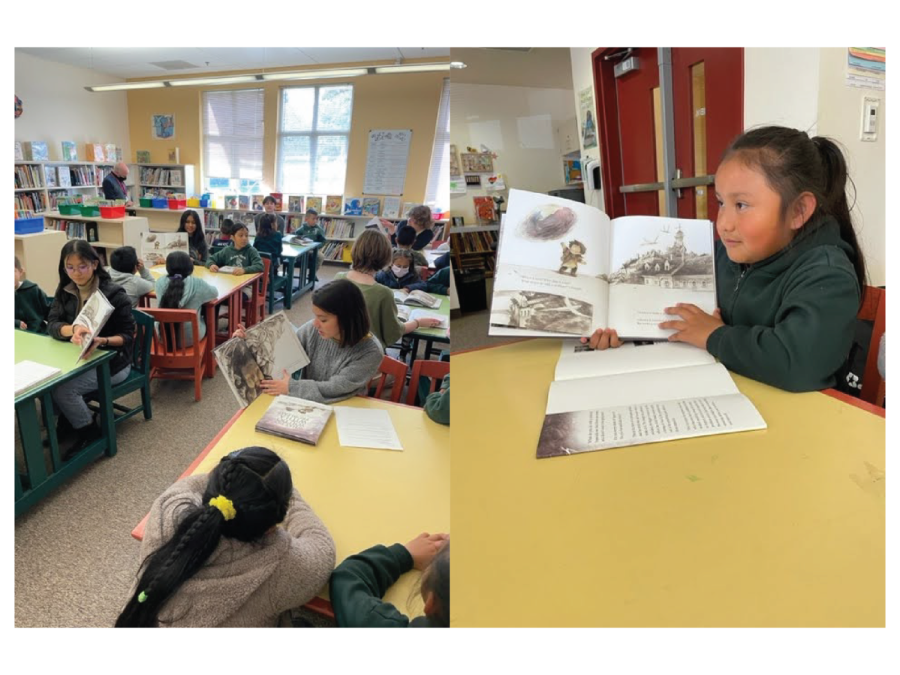
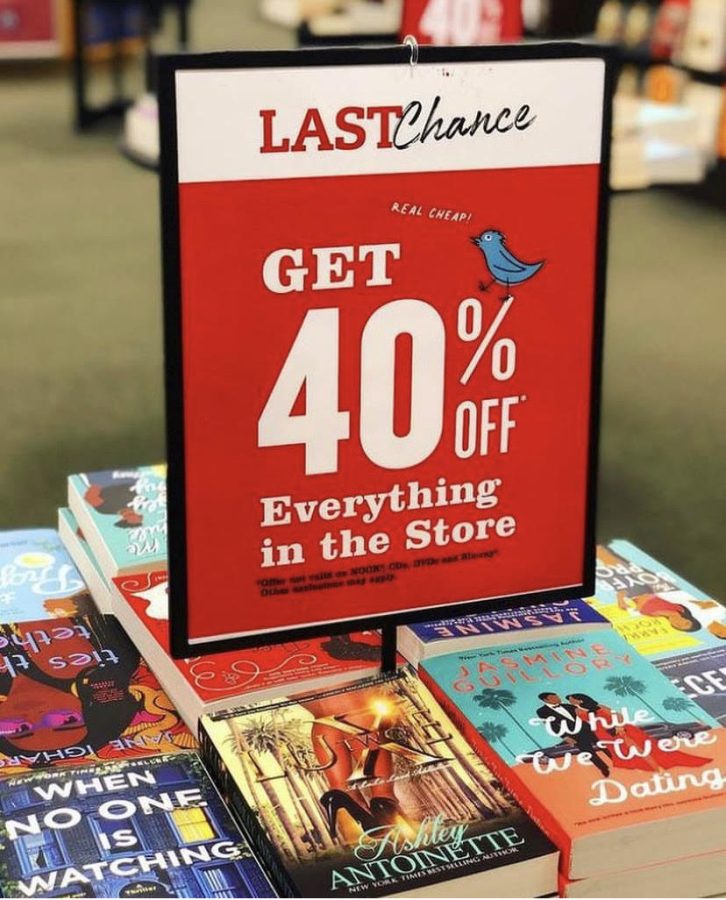
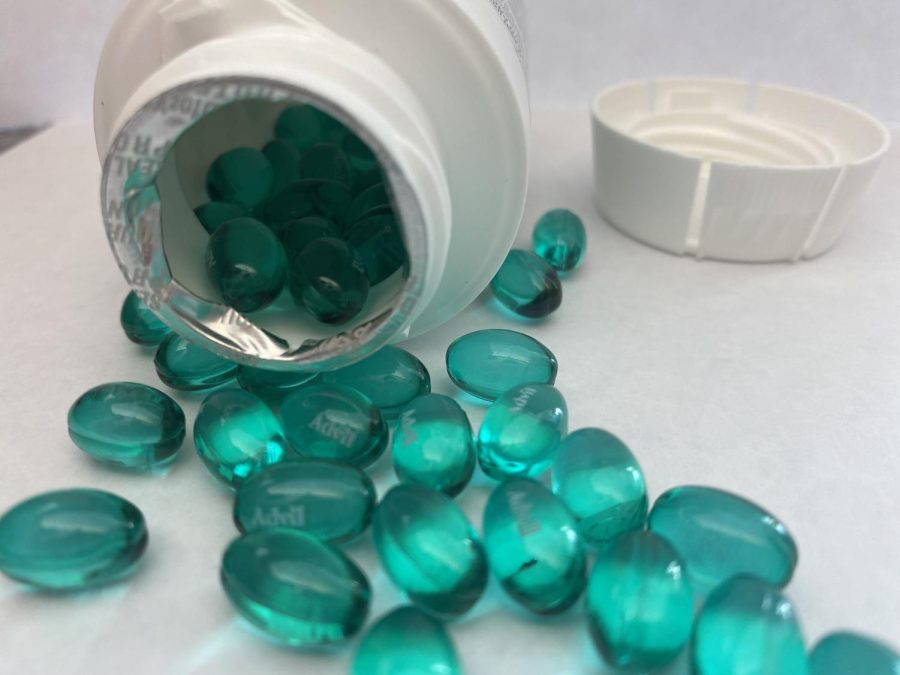
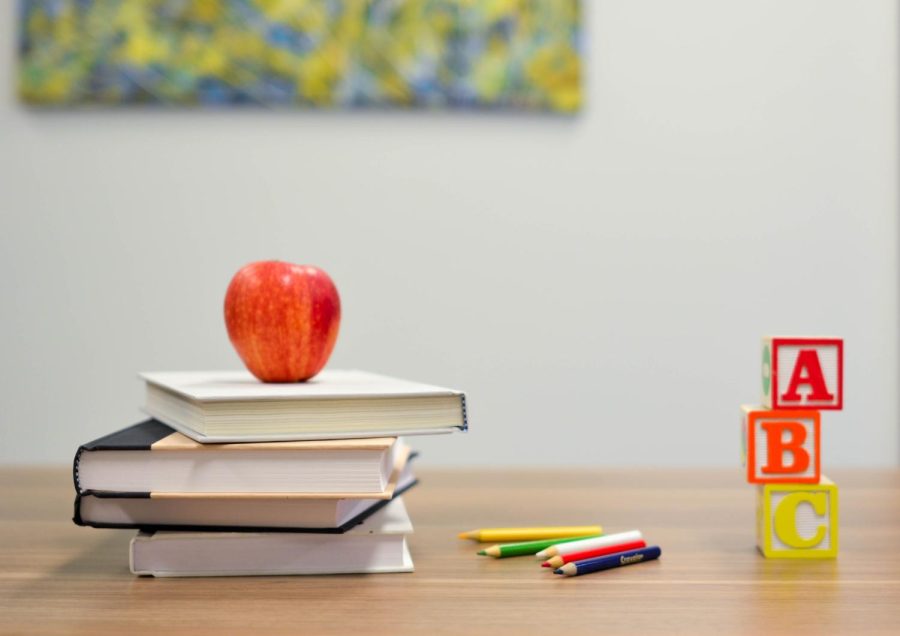
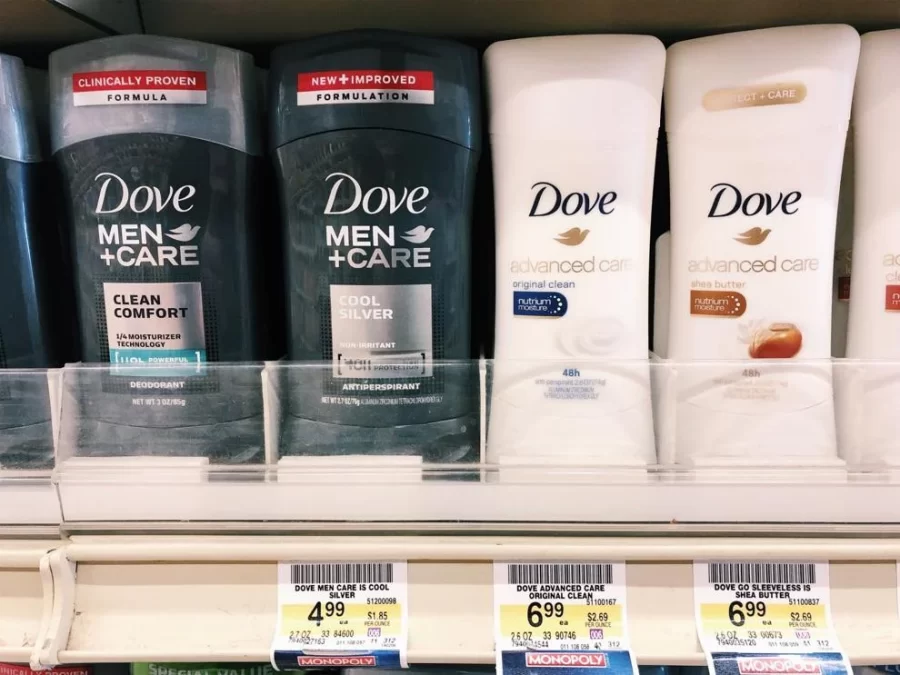
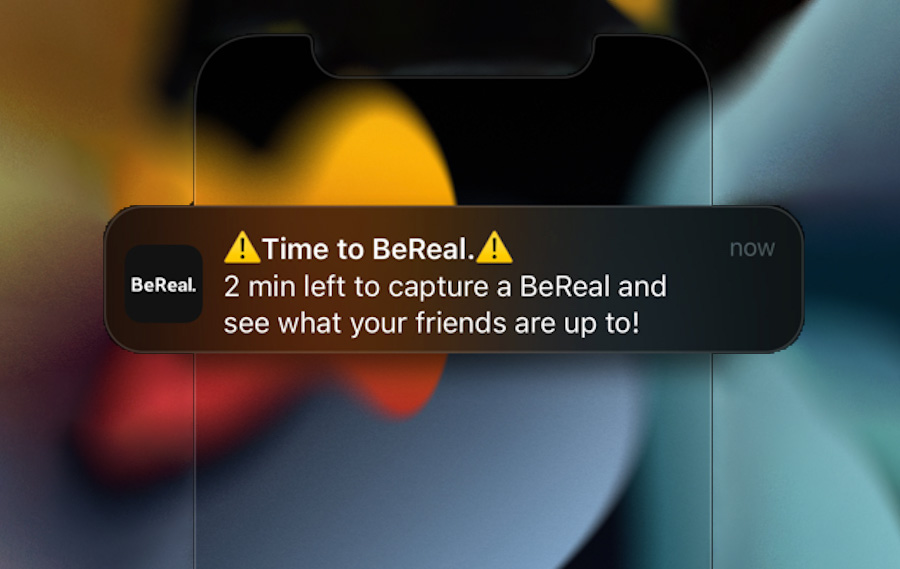

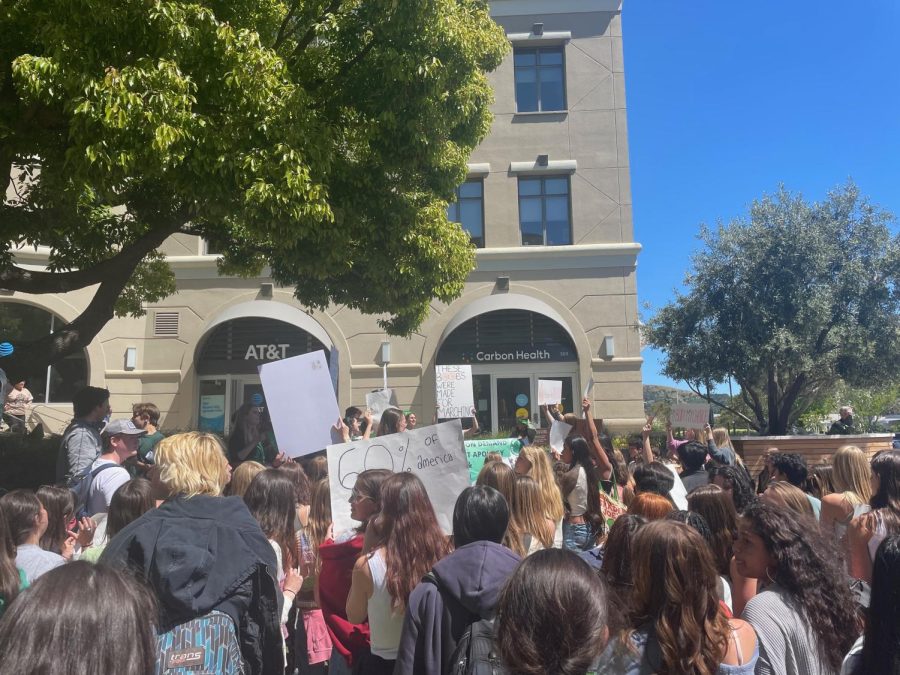
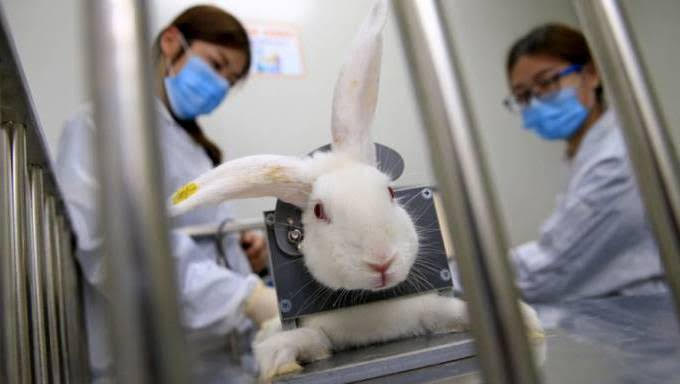
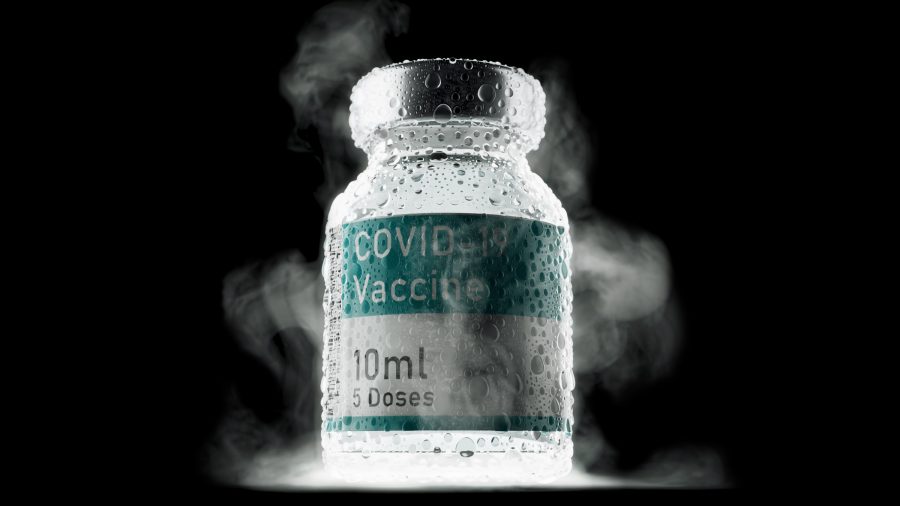



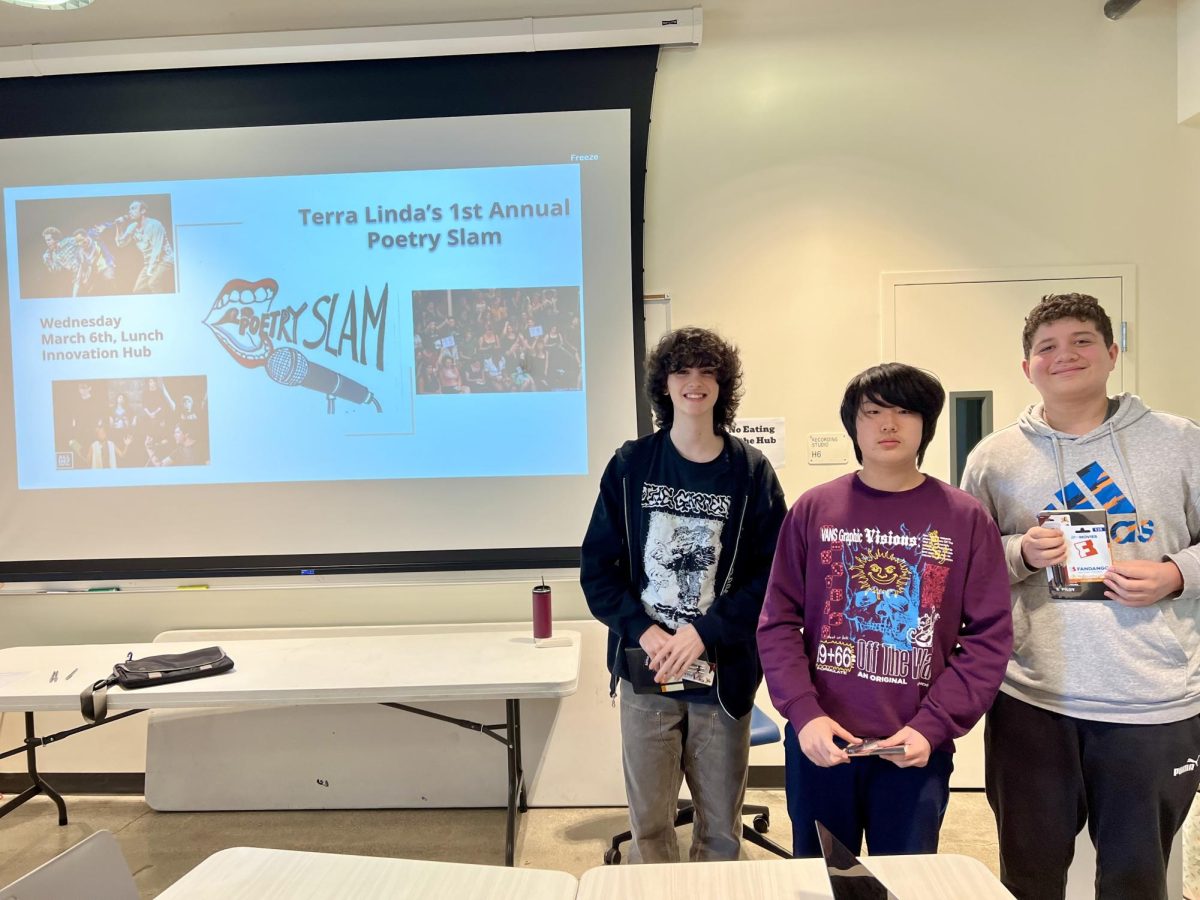

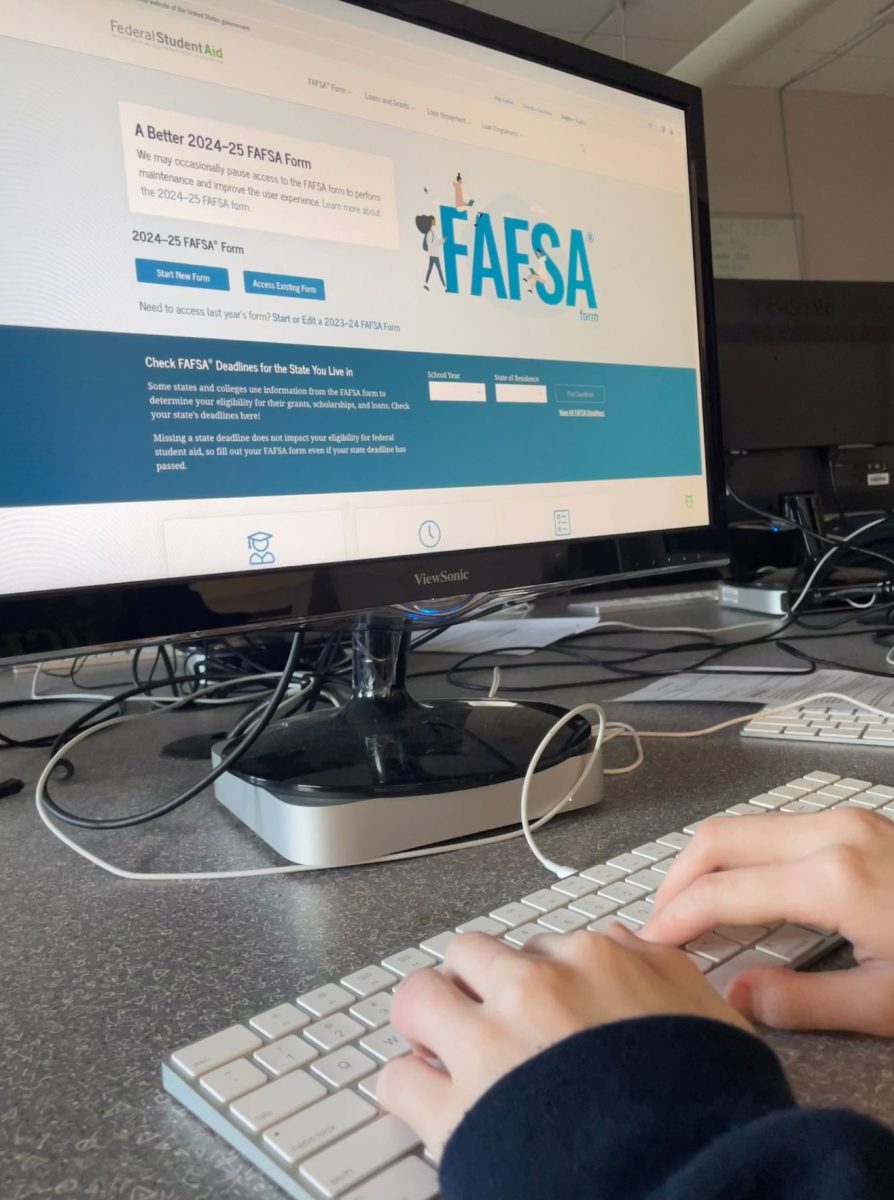



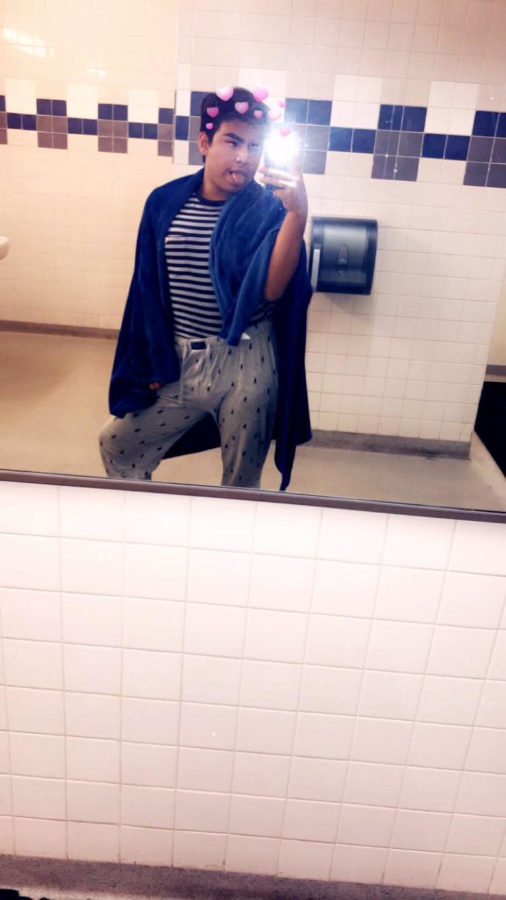


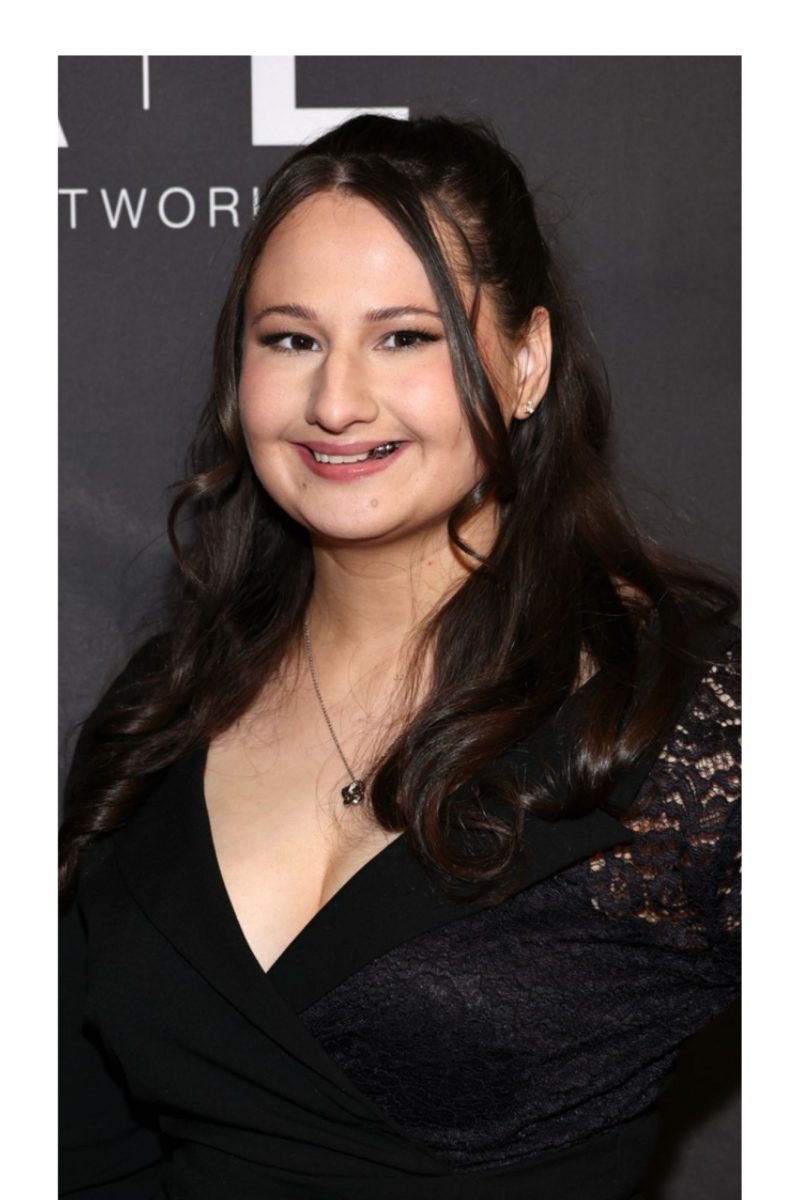

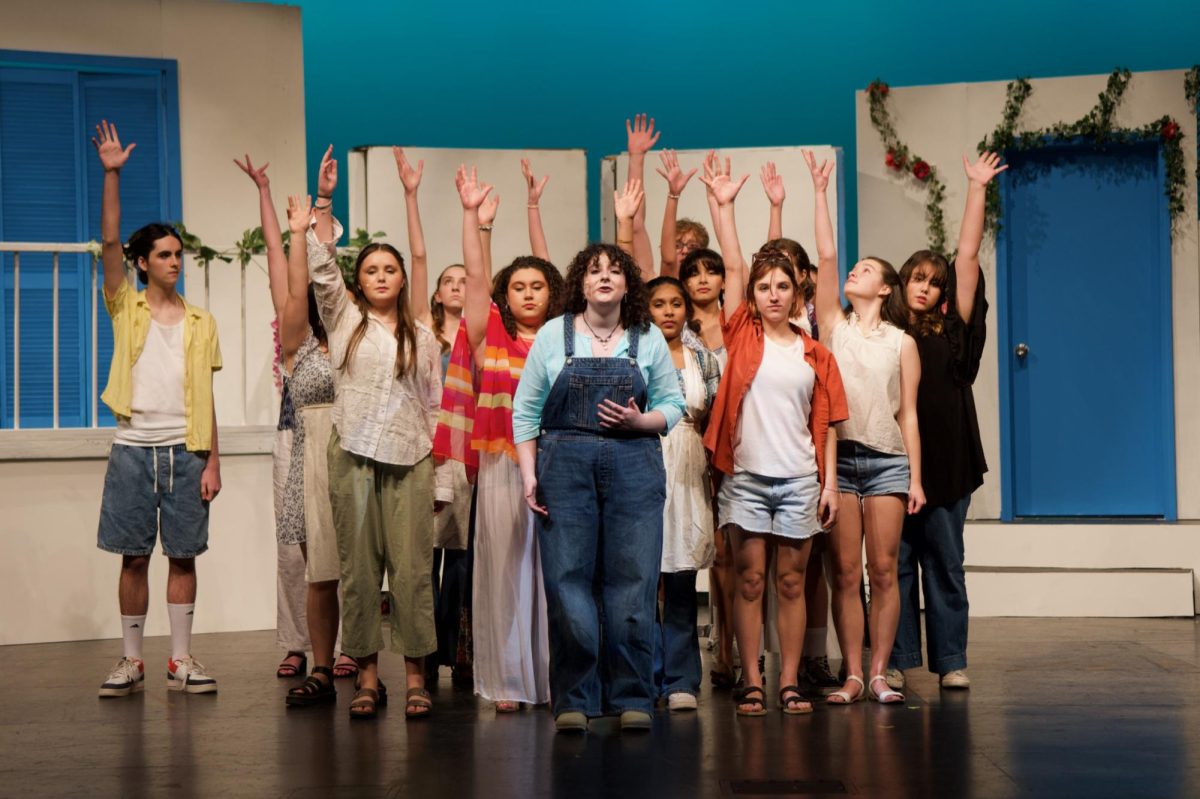



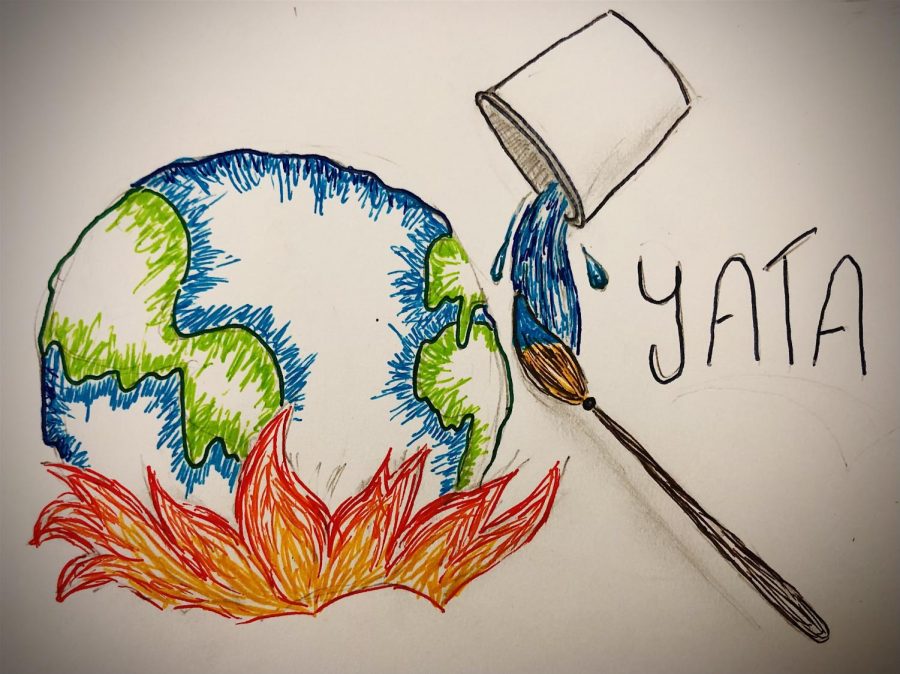


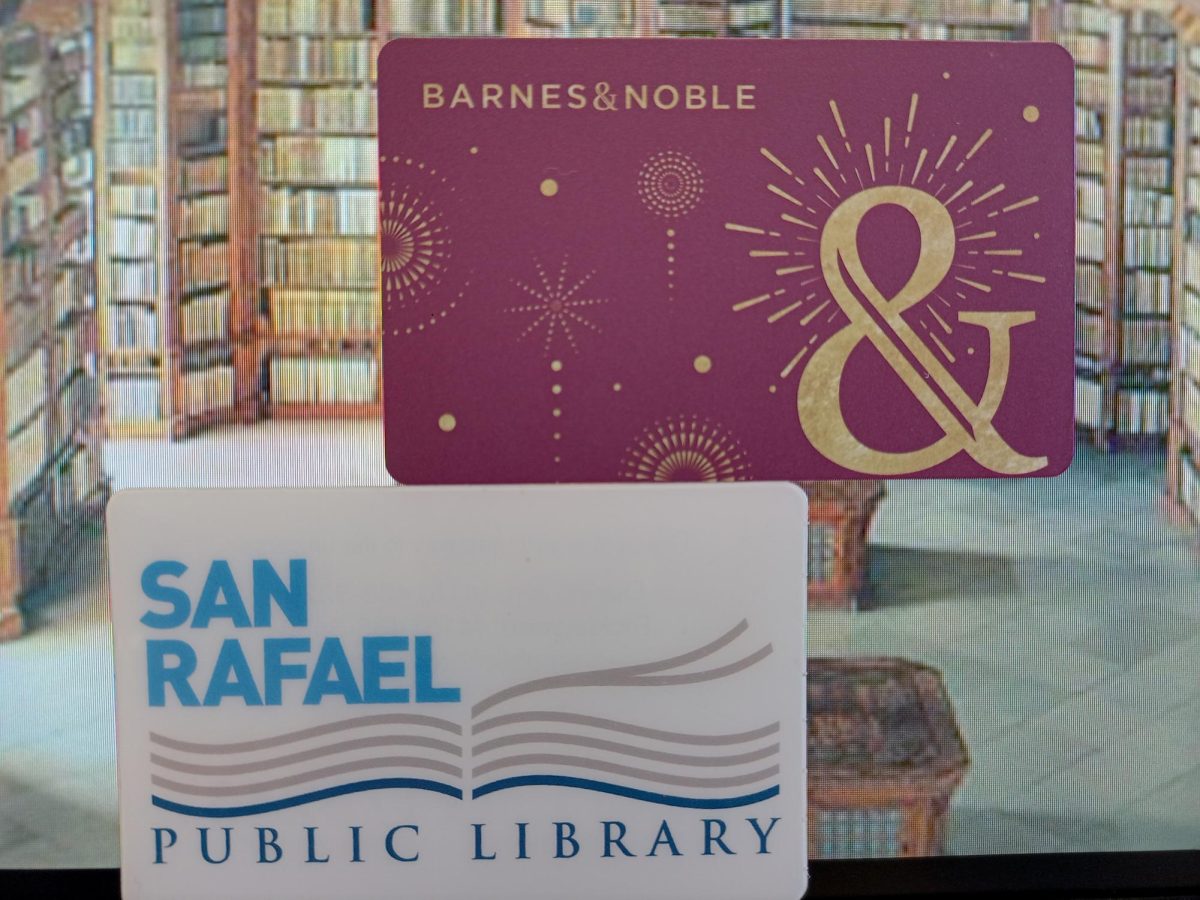
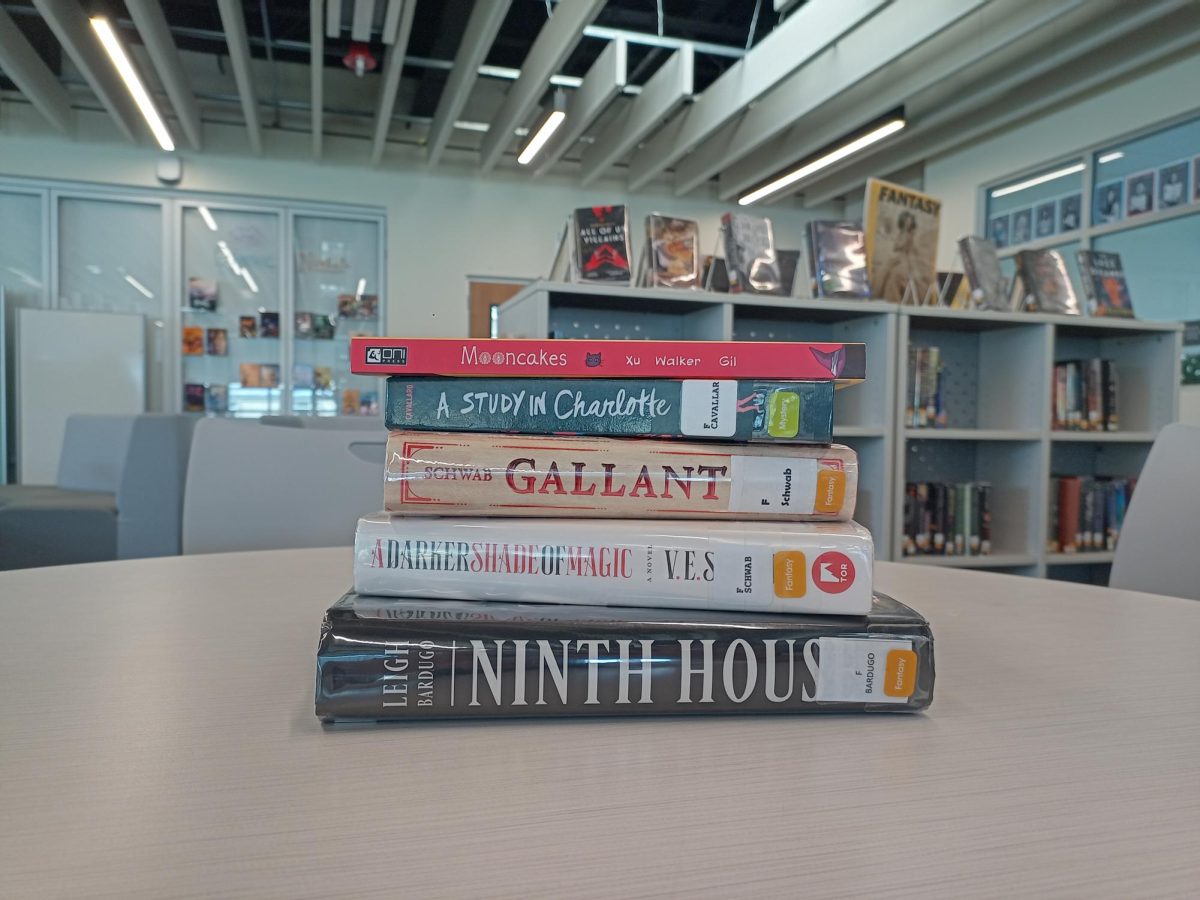
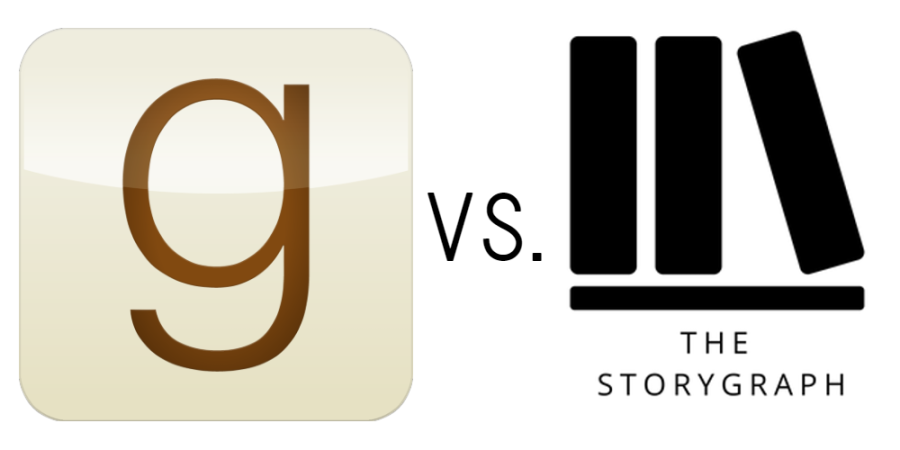
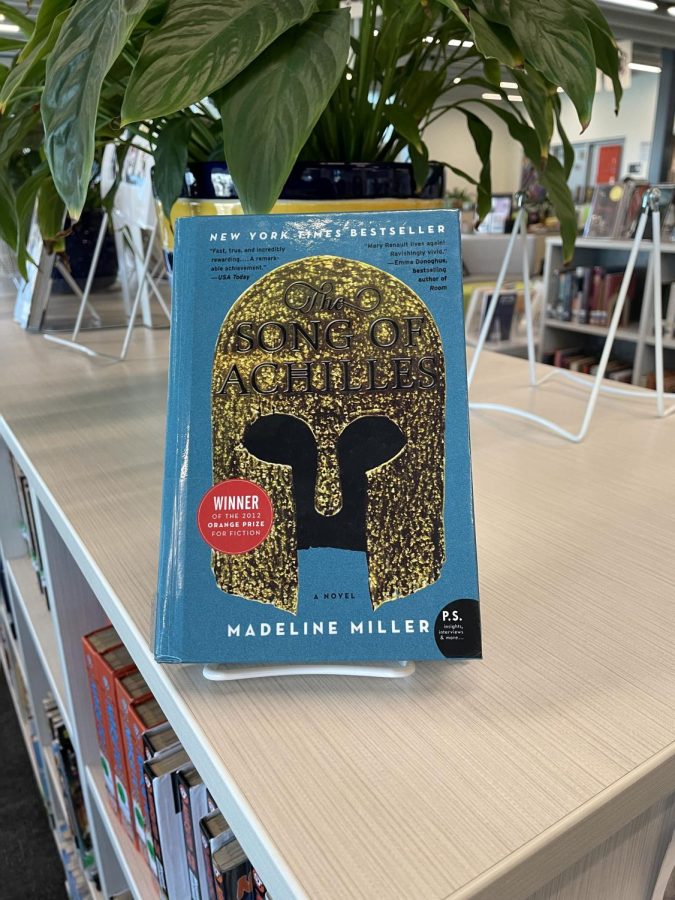
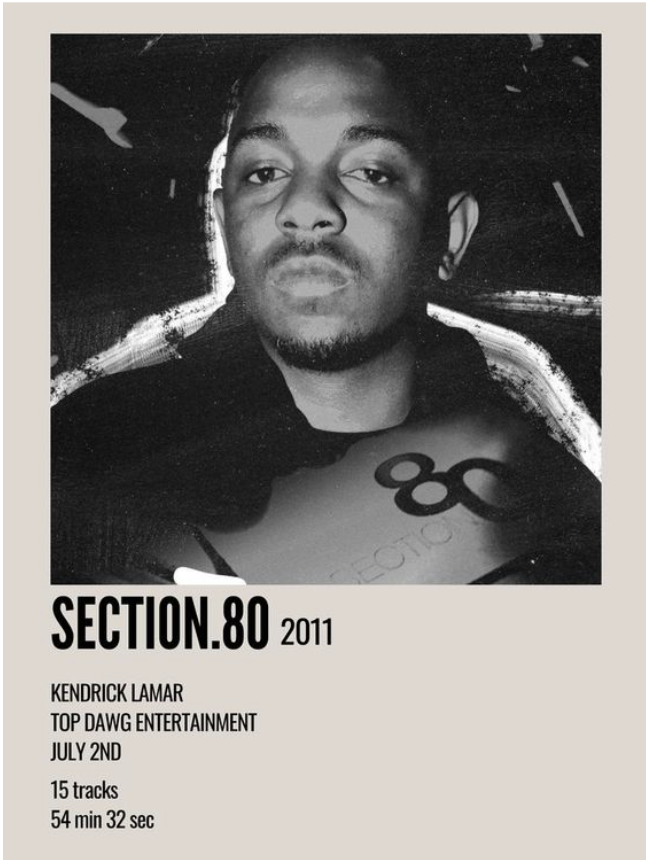

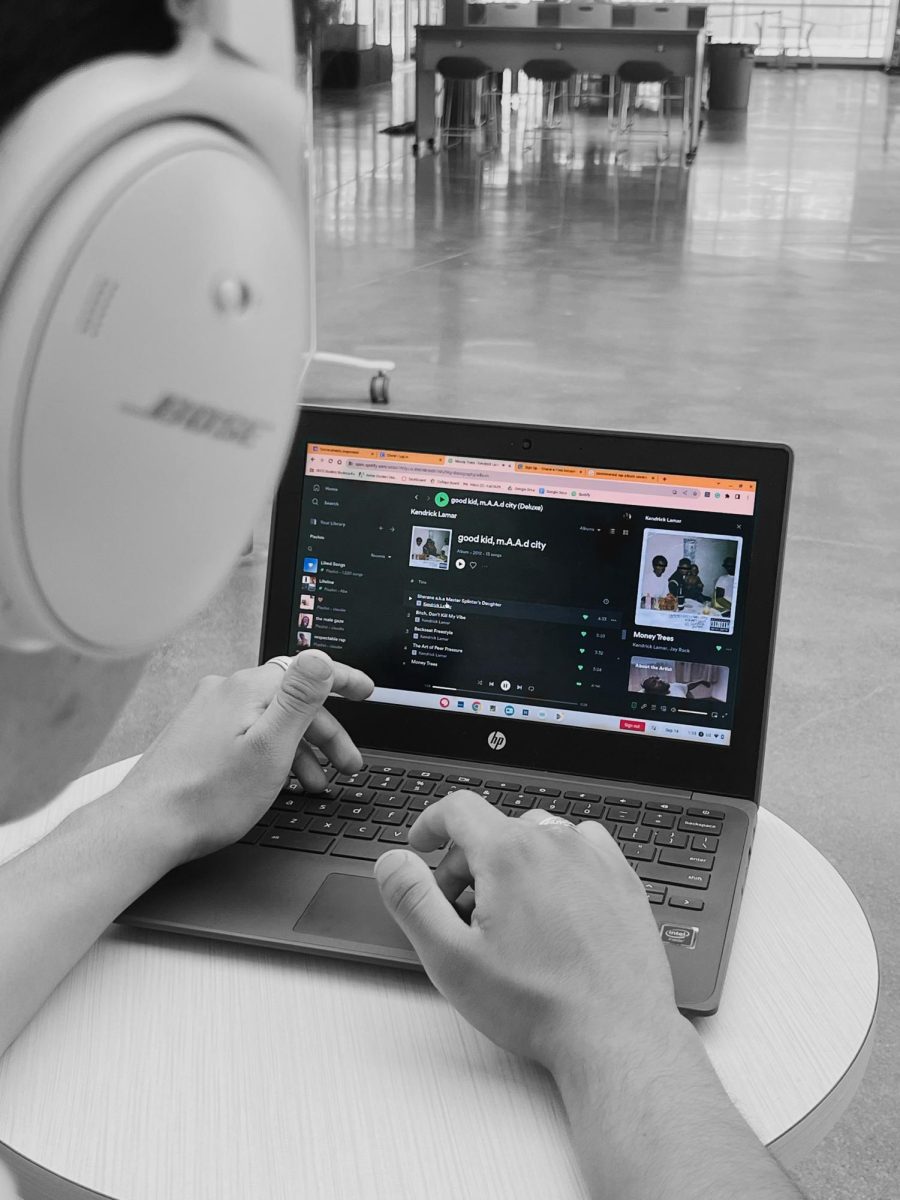
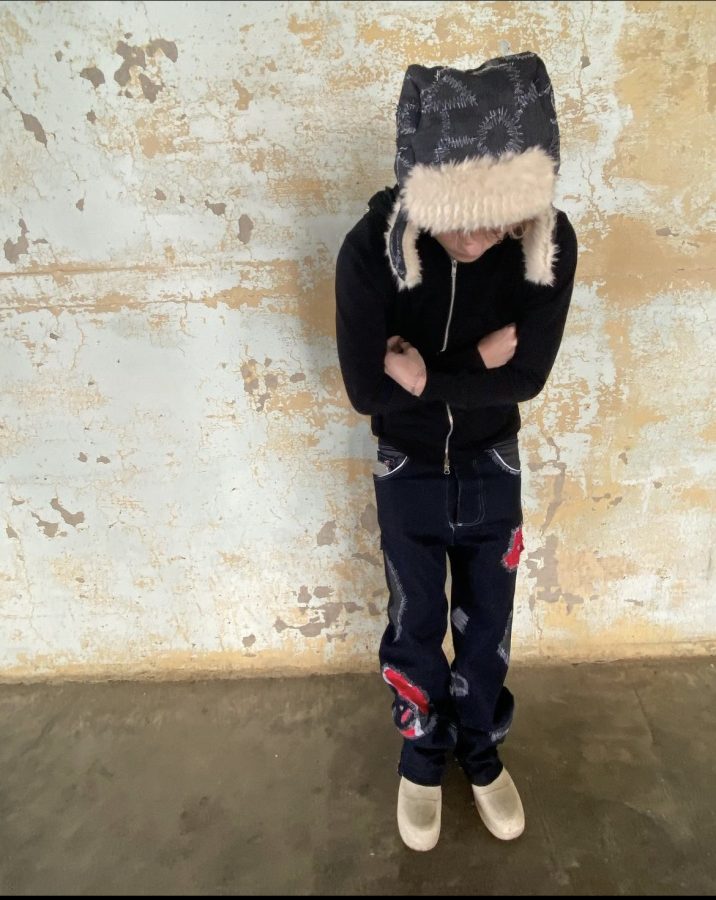
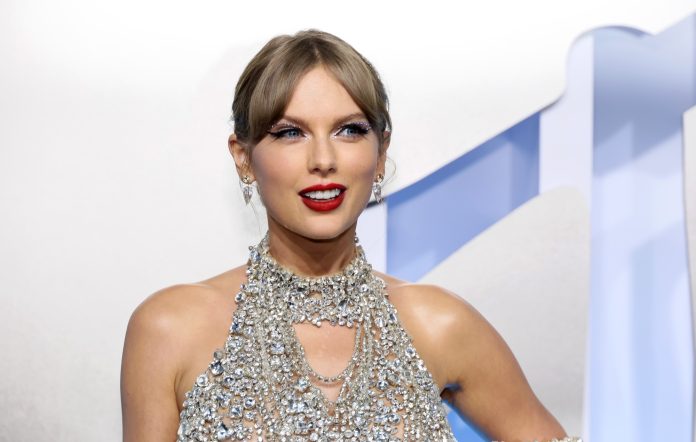
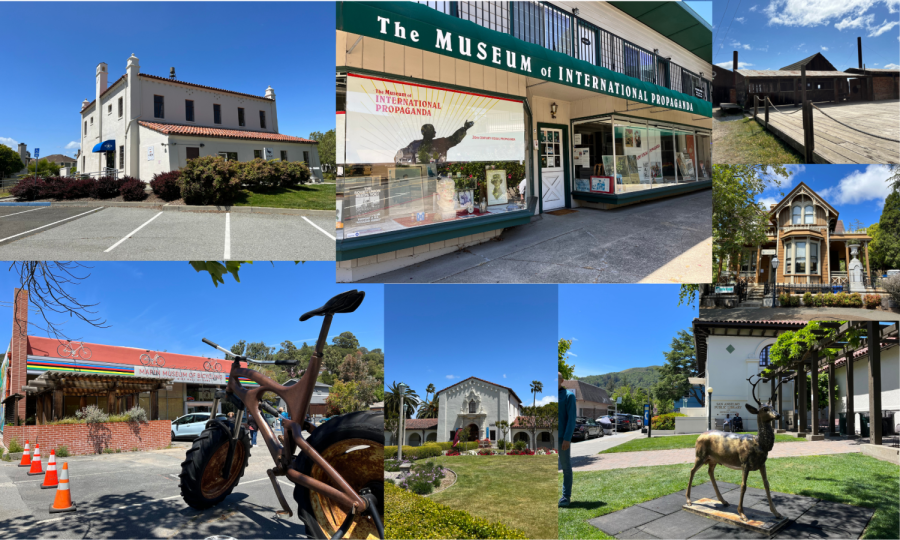
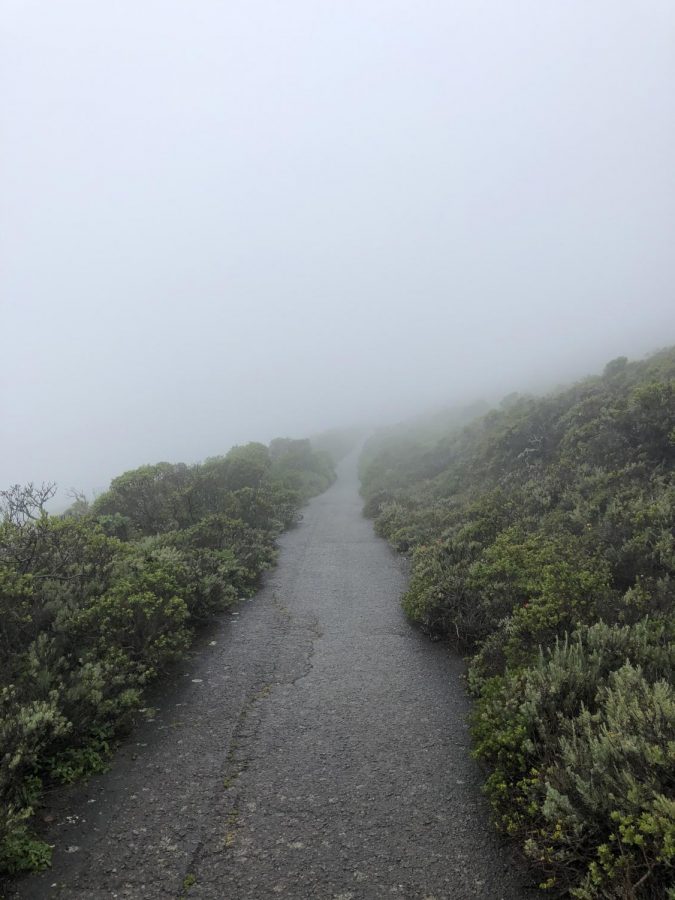



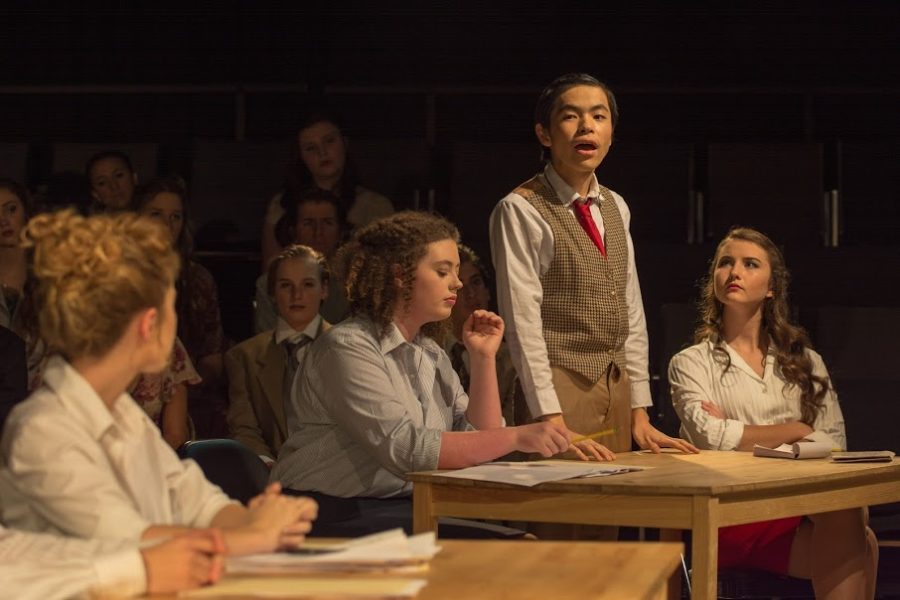

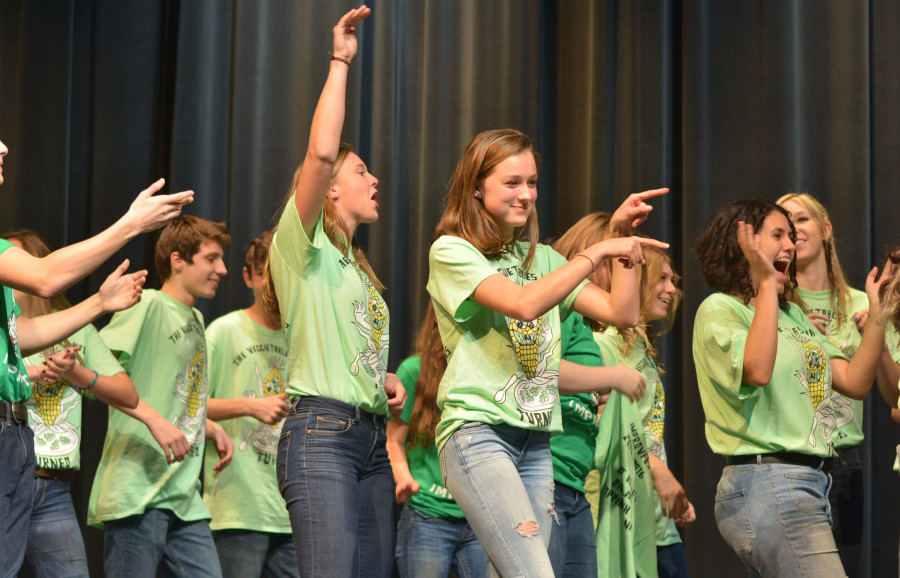
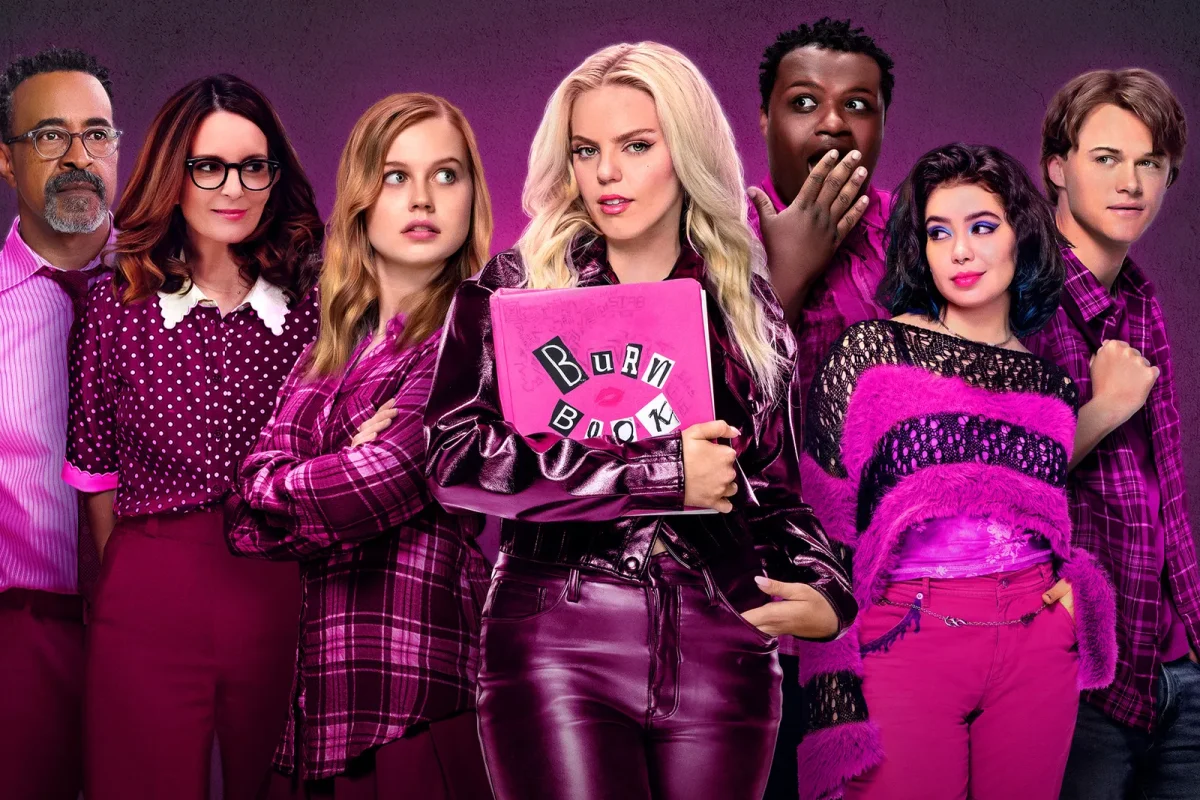

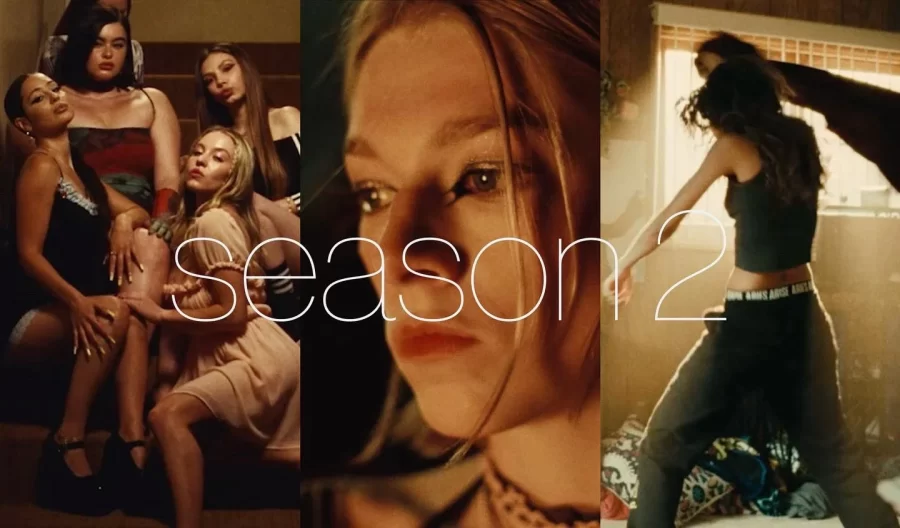
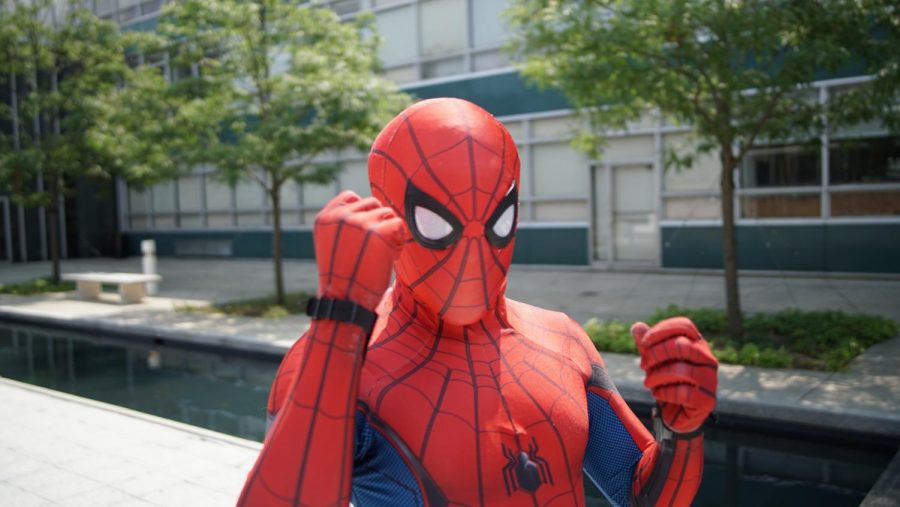
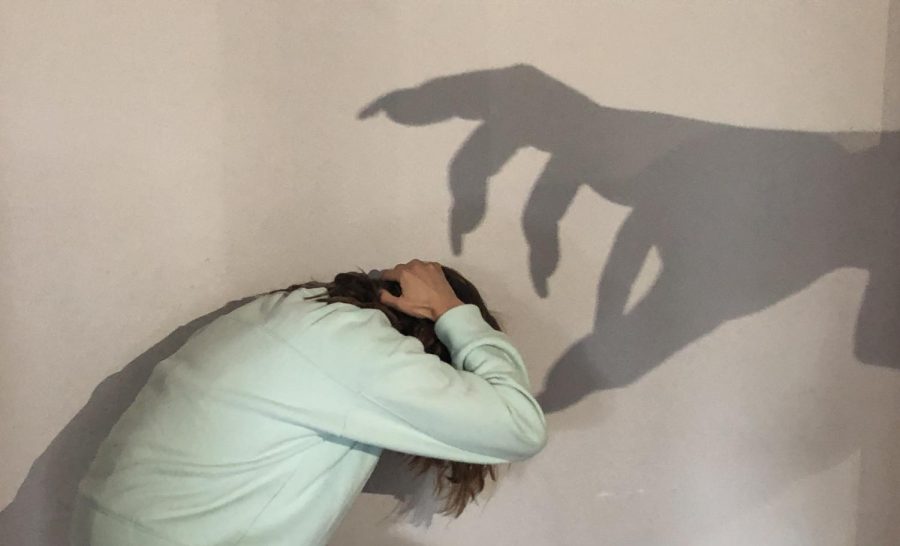

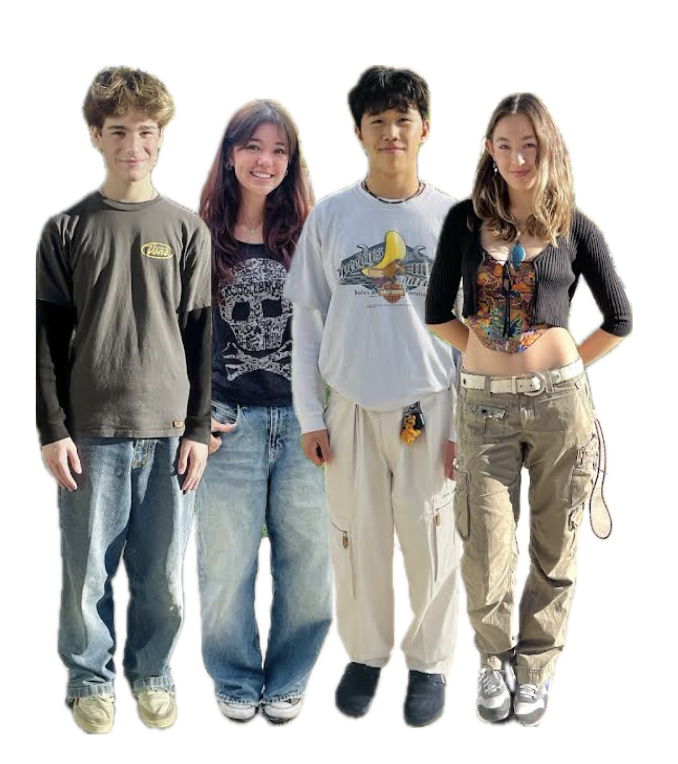


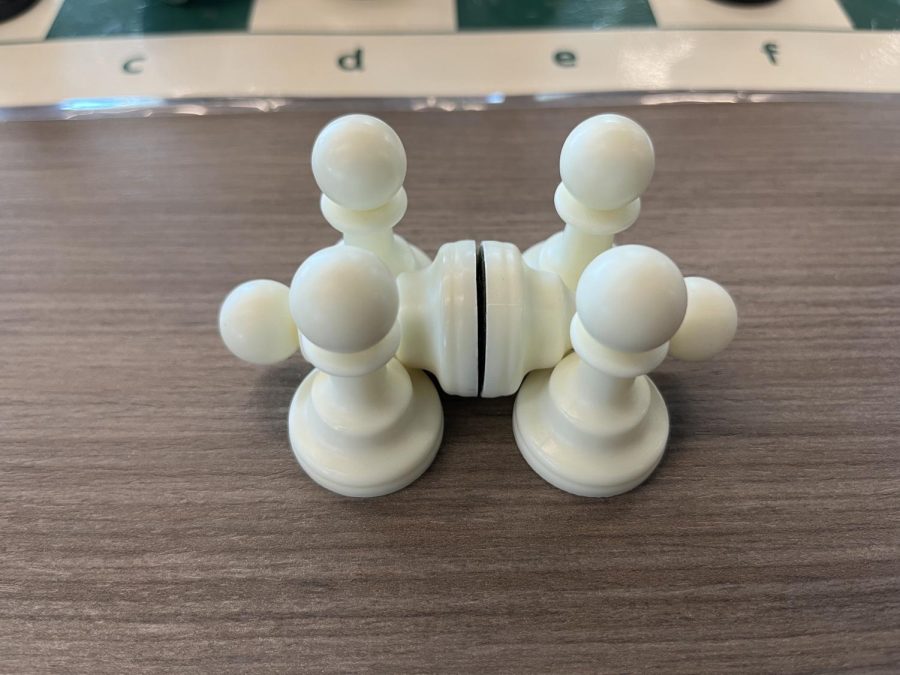
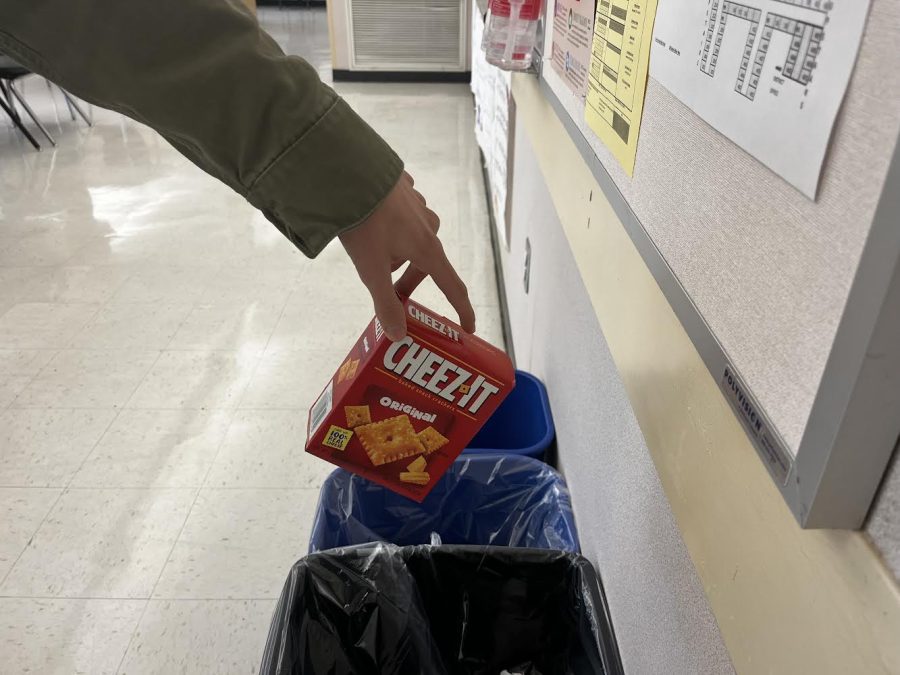

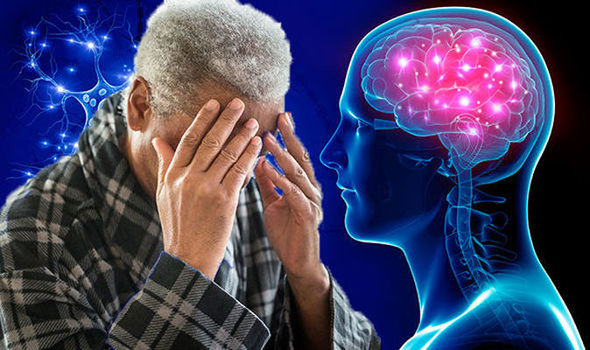
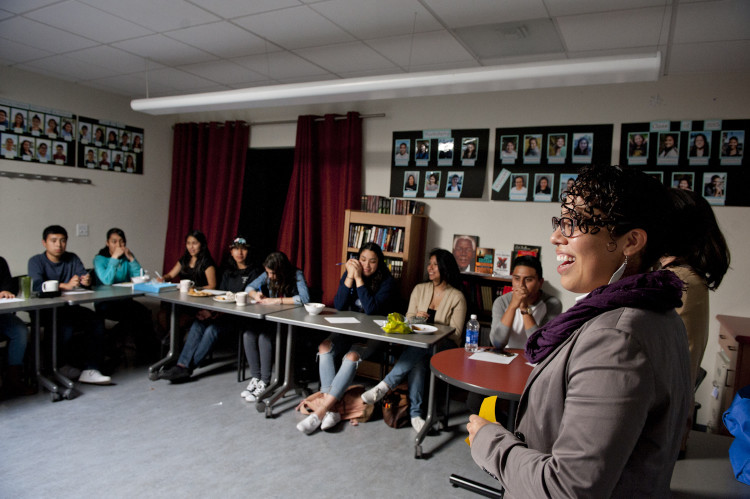
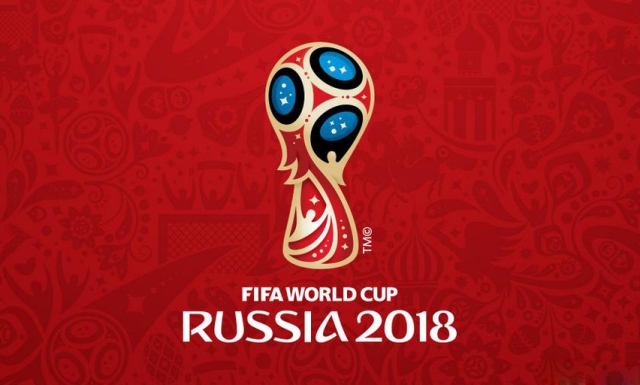
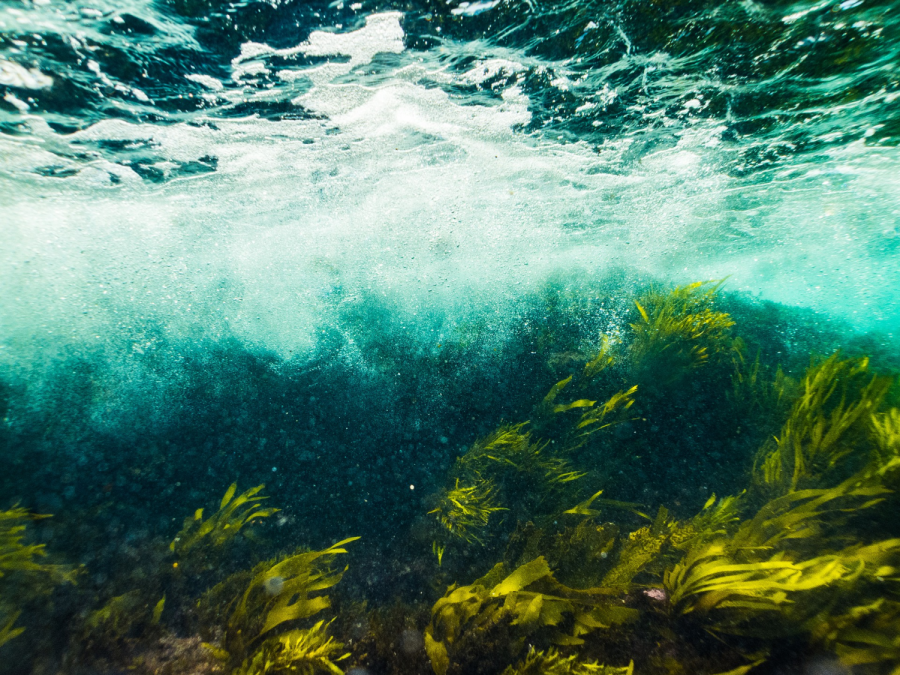

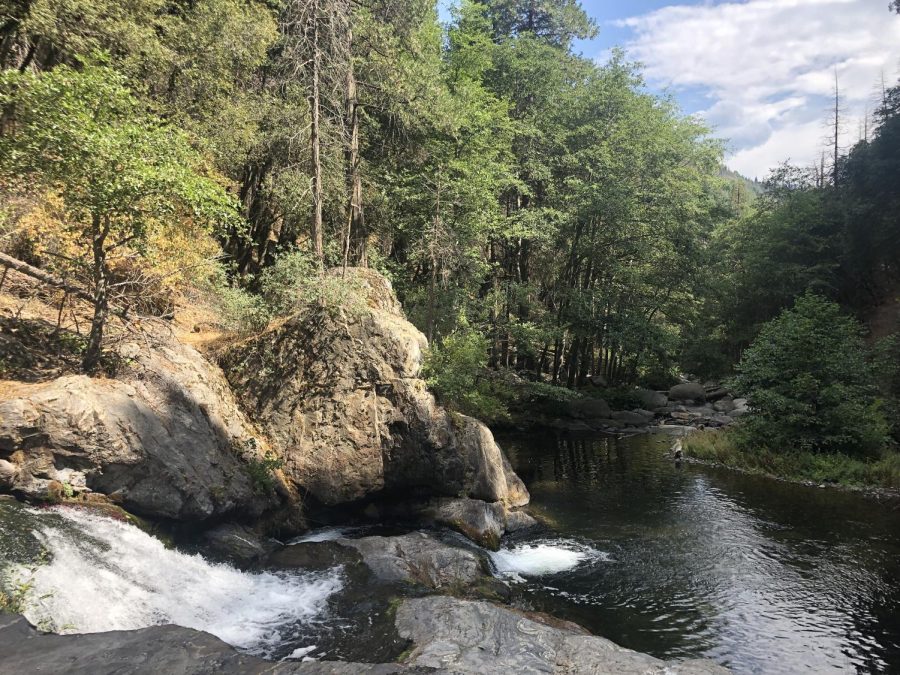

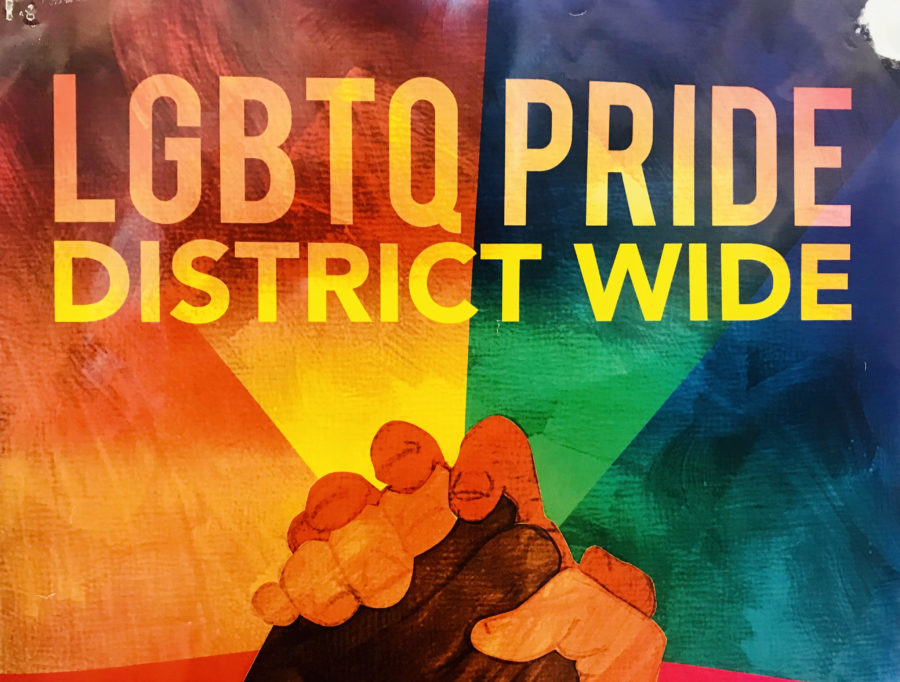

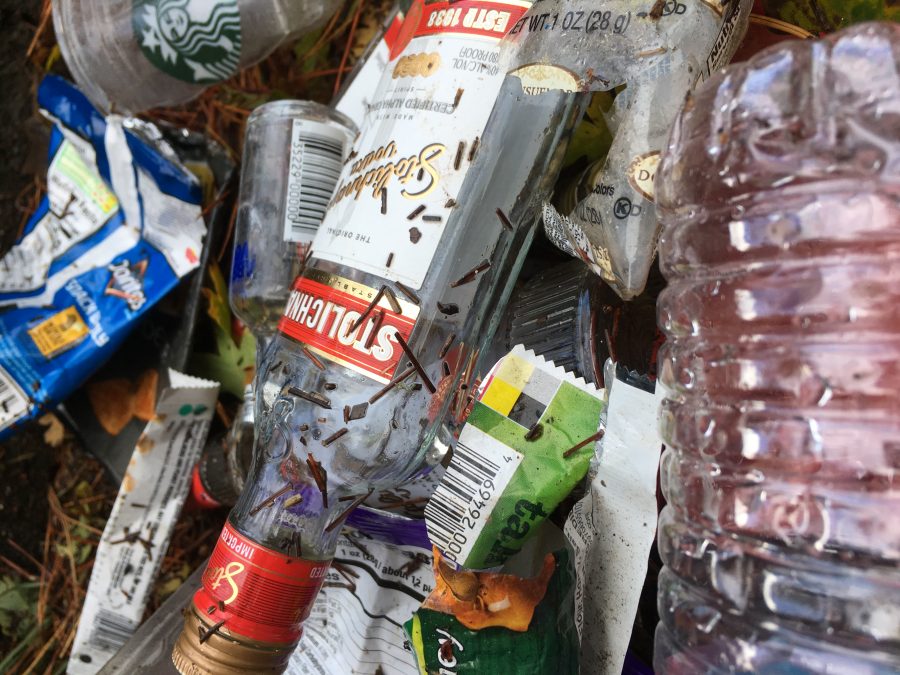
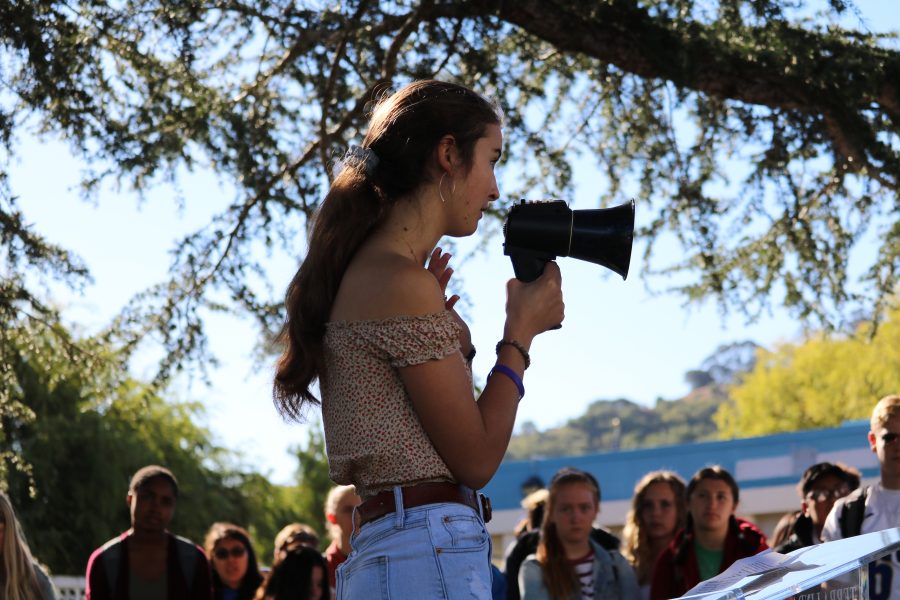
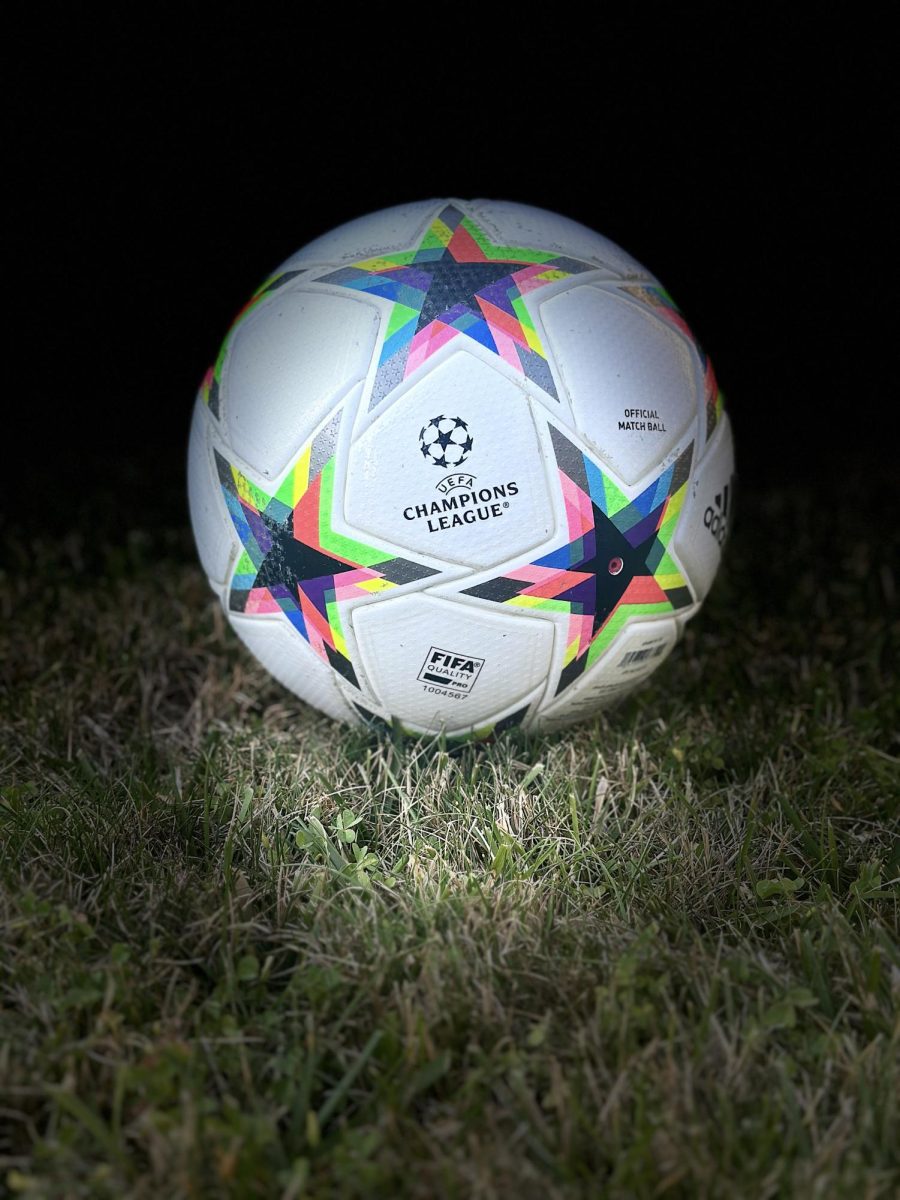
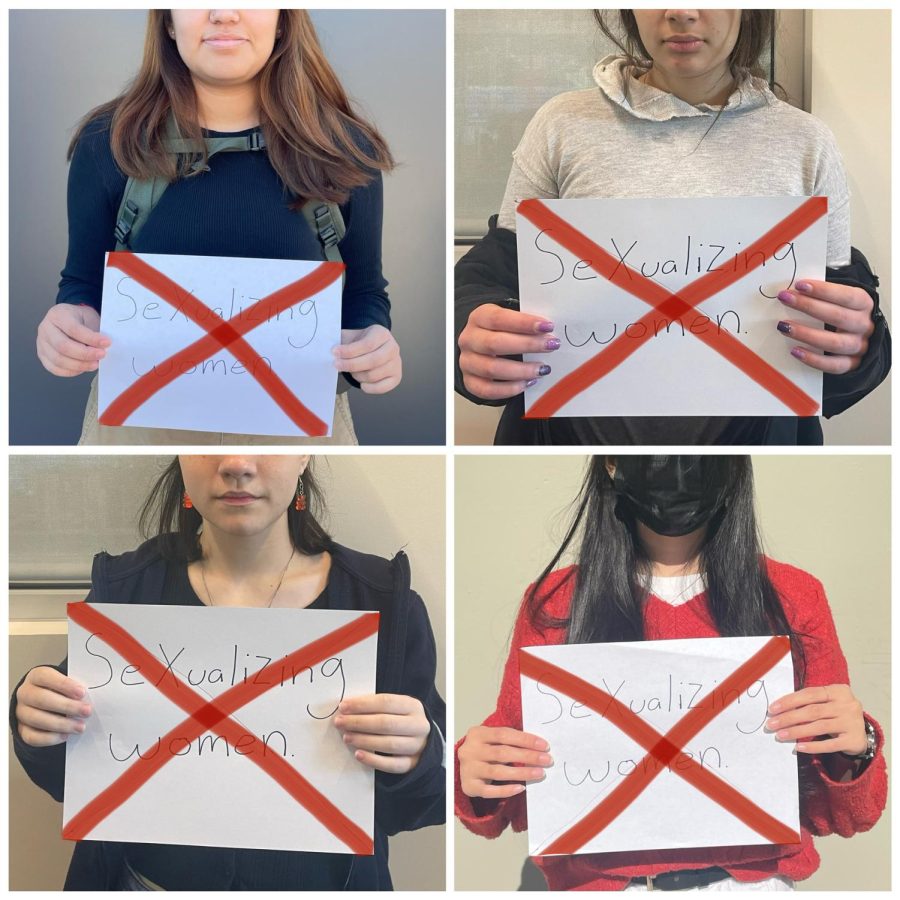


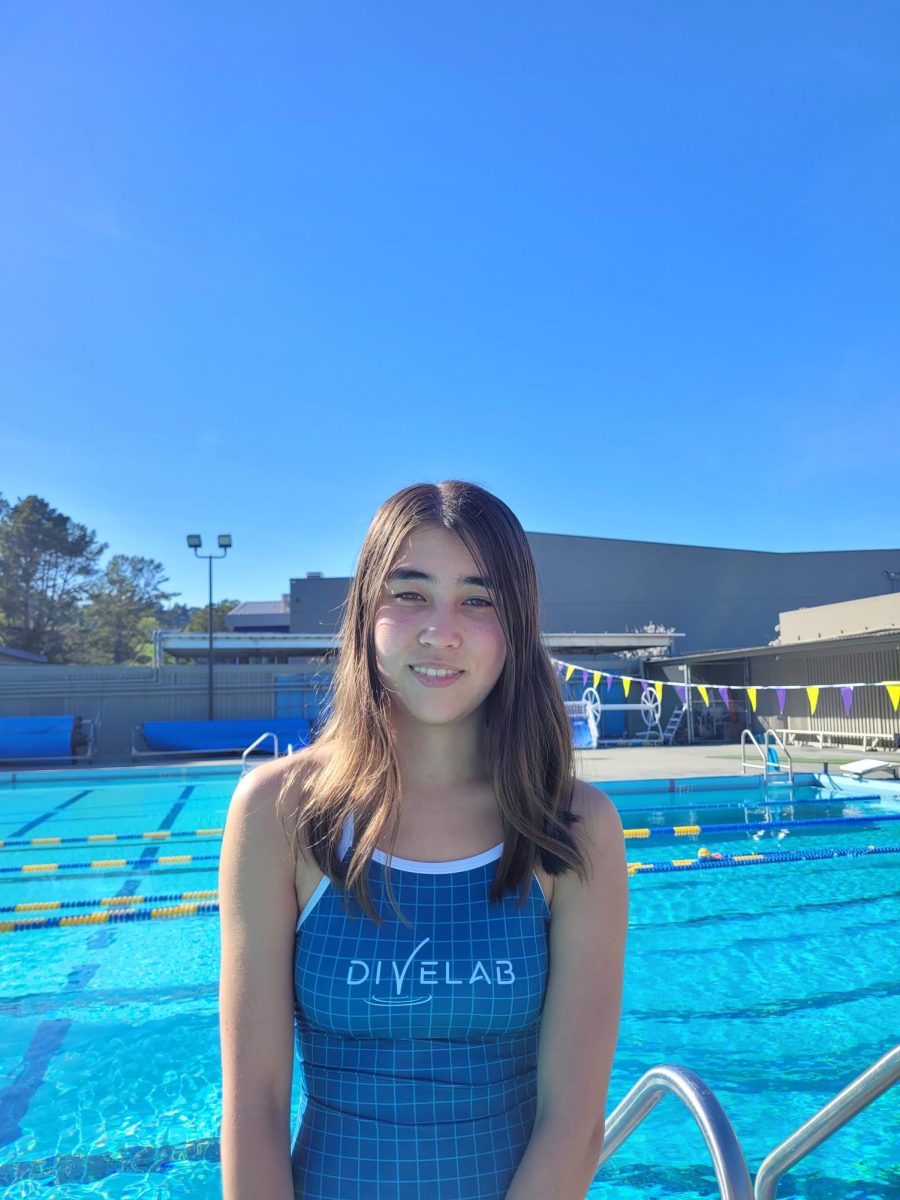
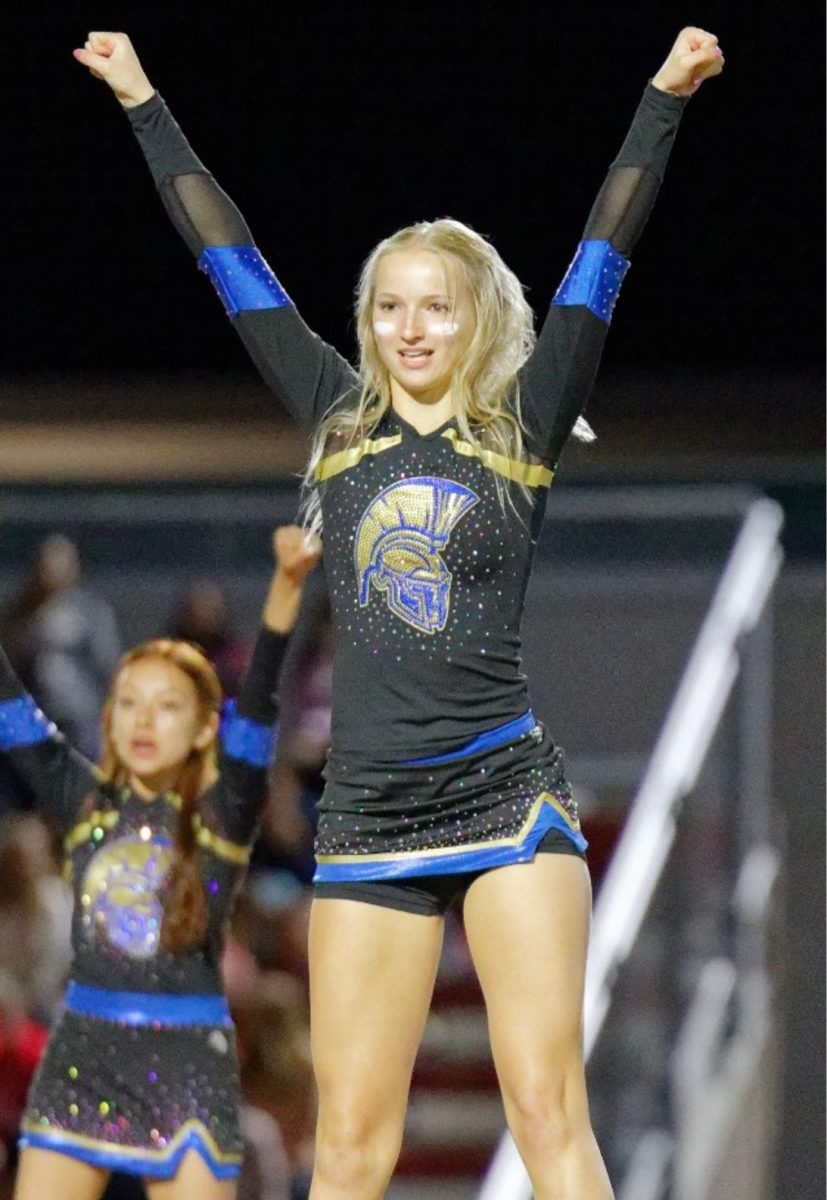
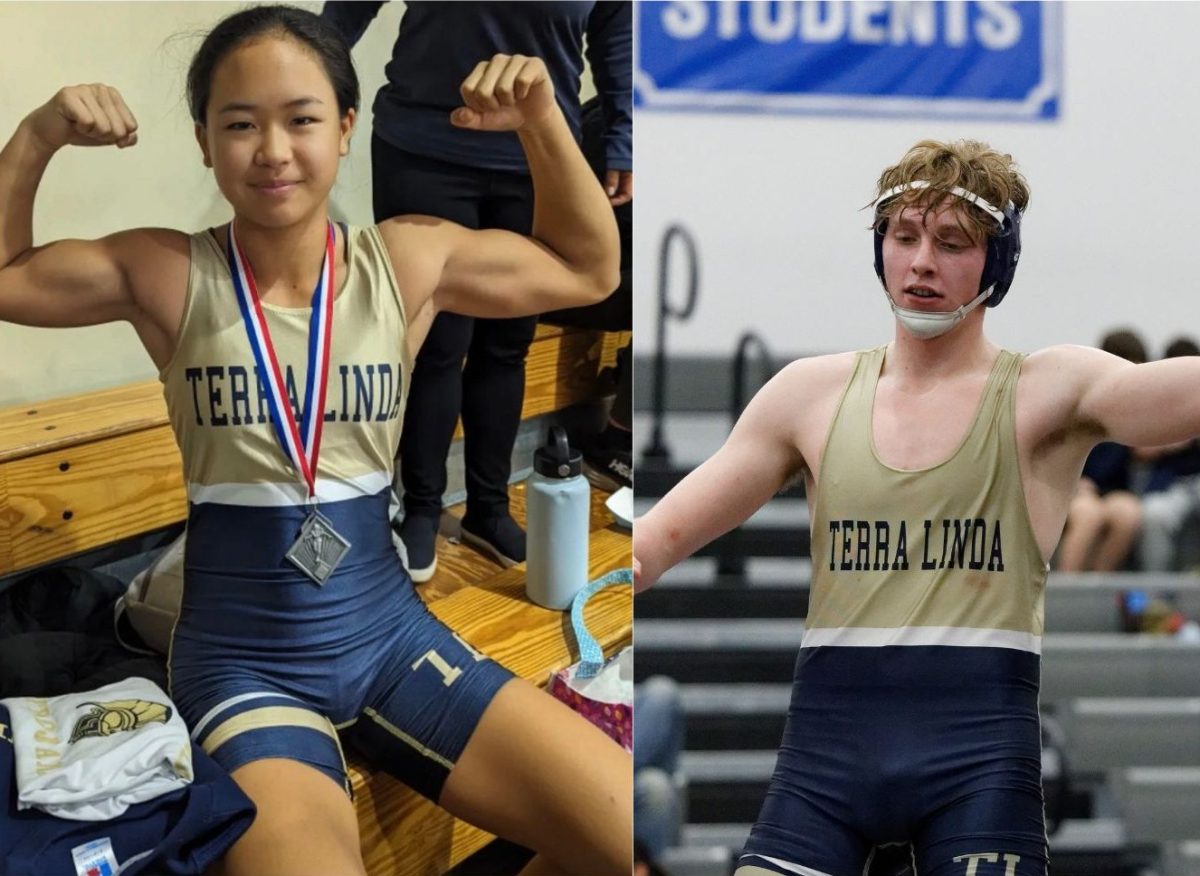


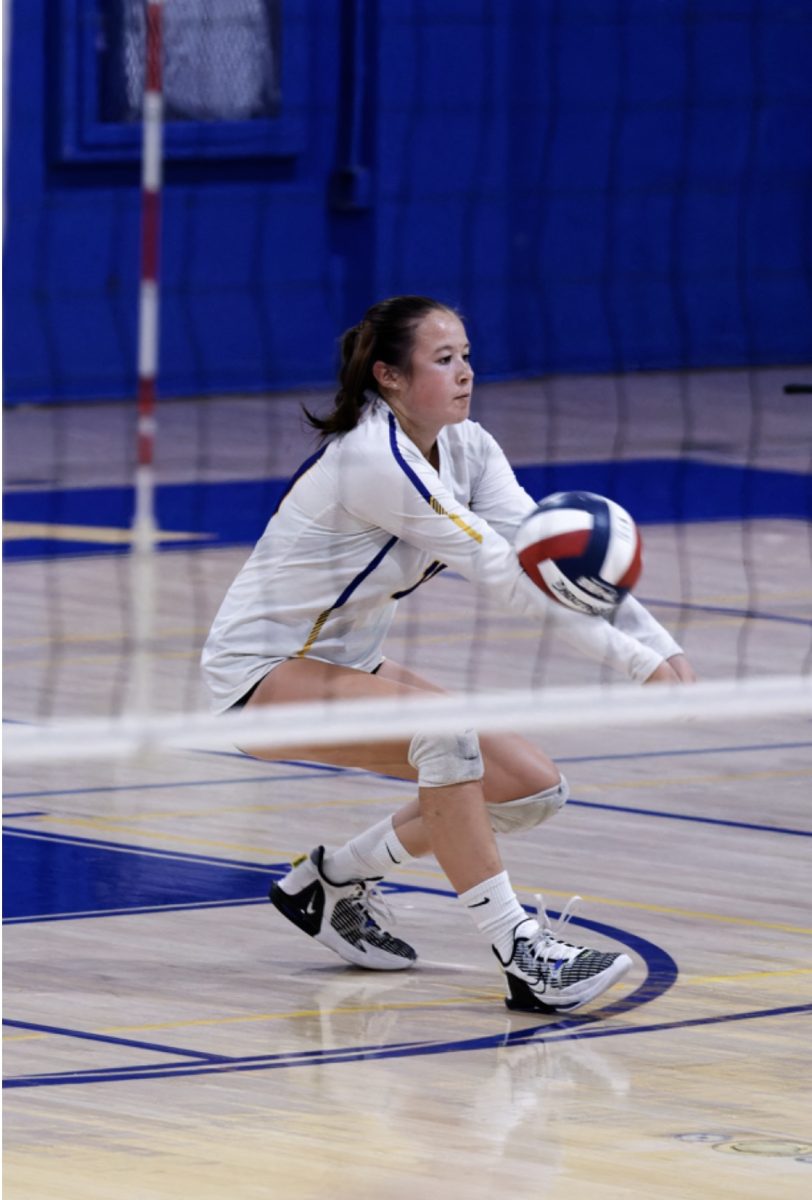
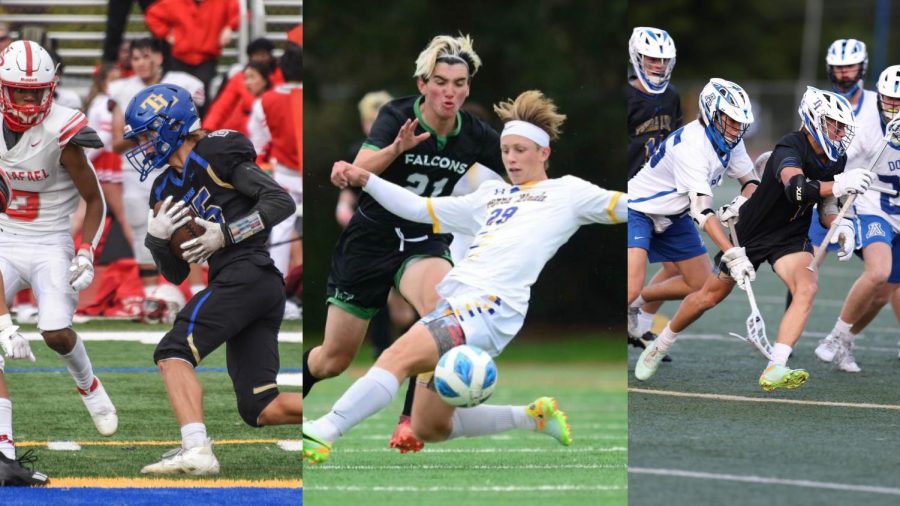
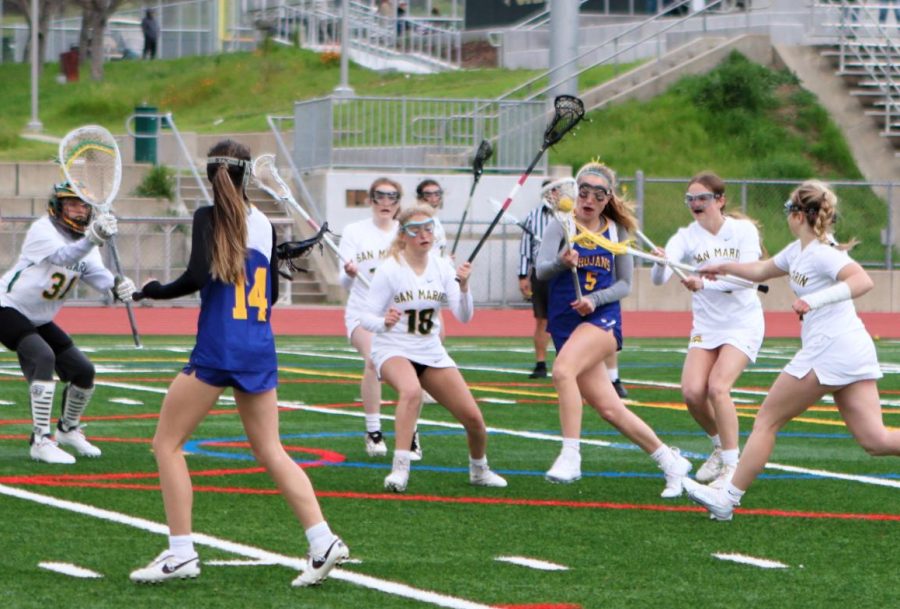
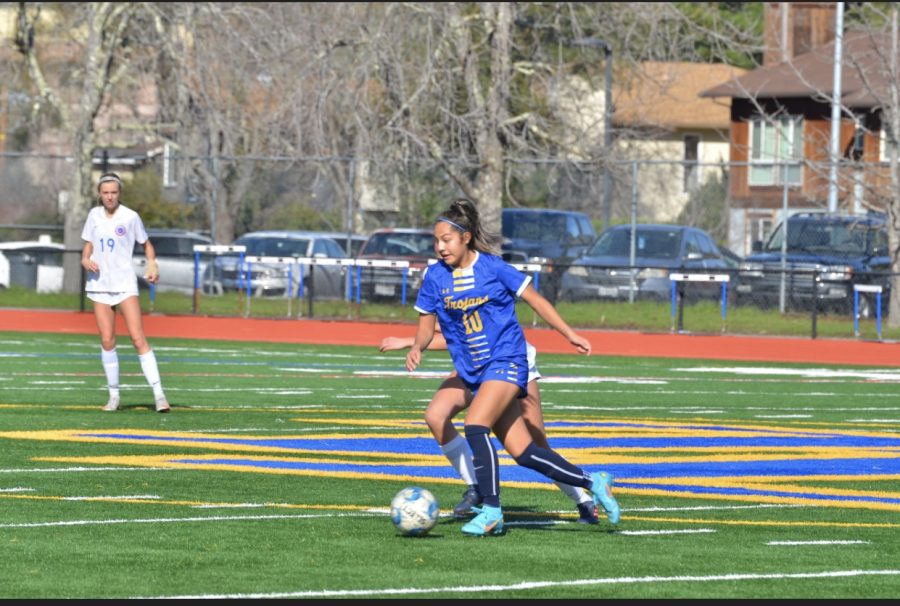



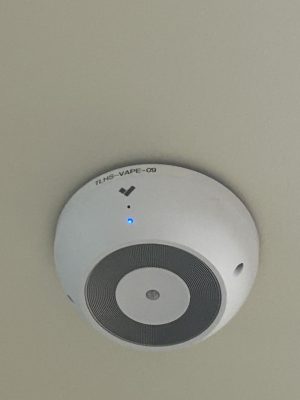
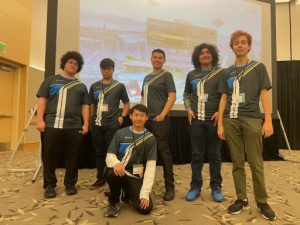
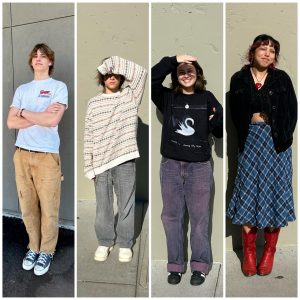

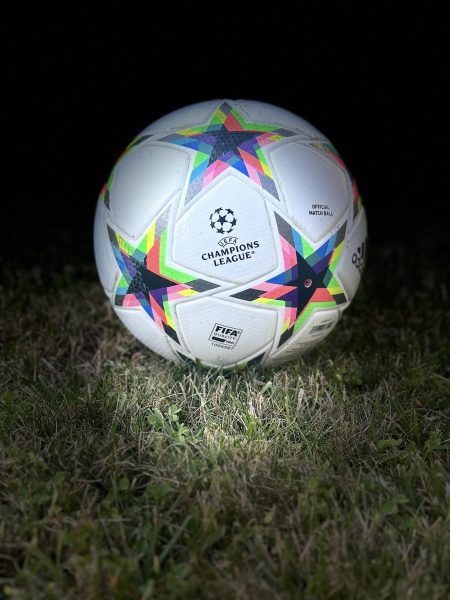
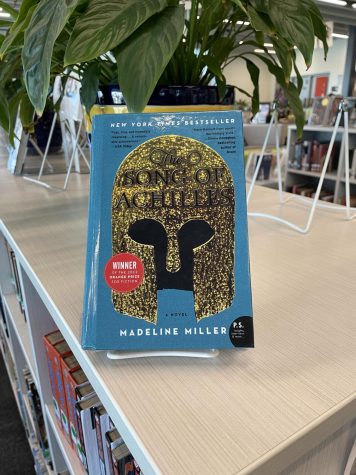
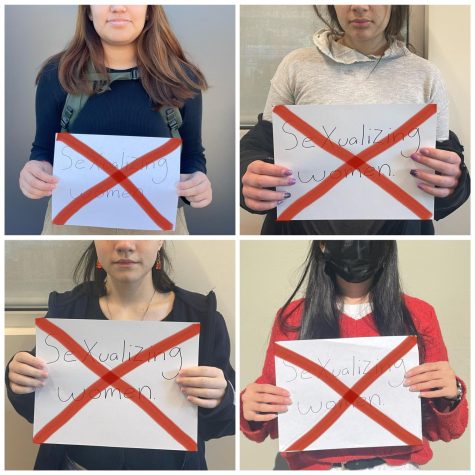


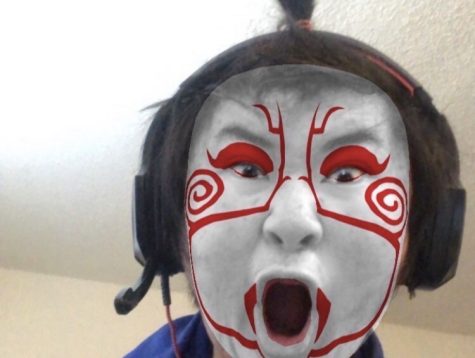
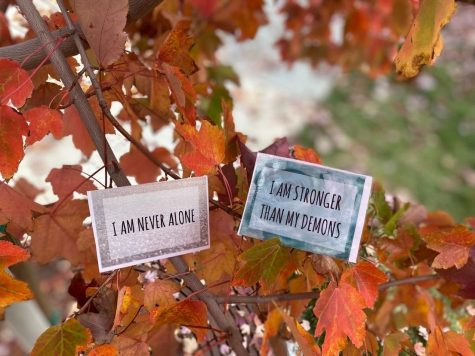
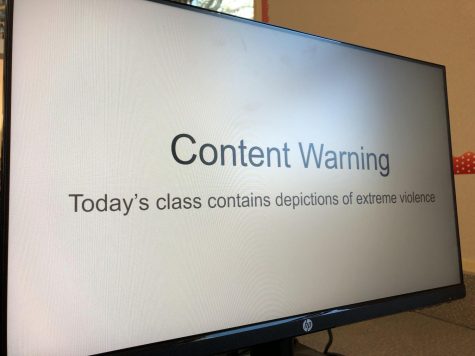
vinnie capaldo • Nov 14, 2016 at 11:33 am
Please don’t raise awareness i want to keep on slacking off in PEPE